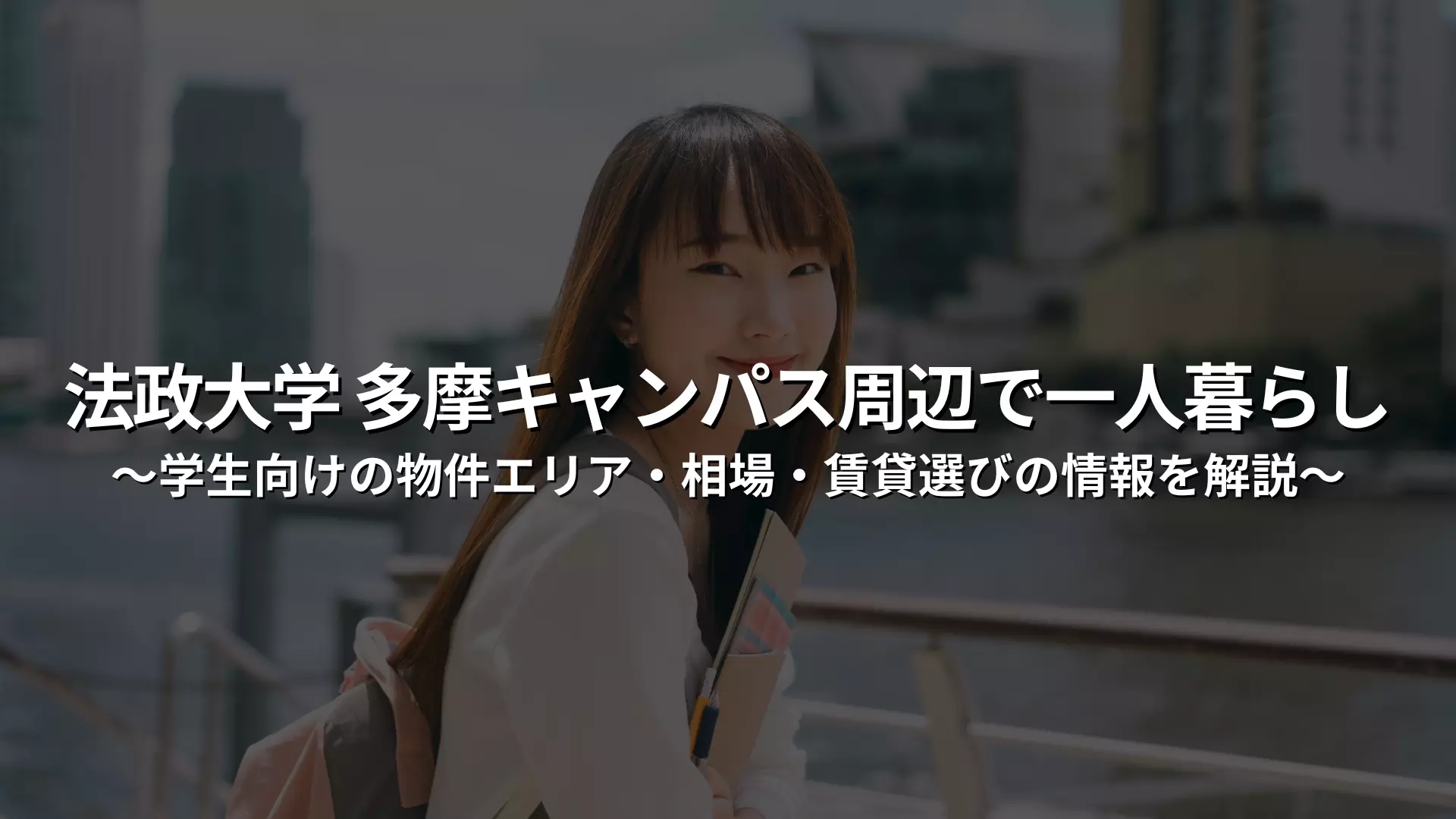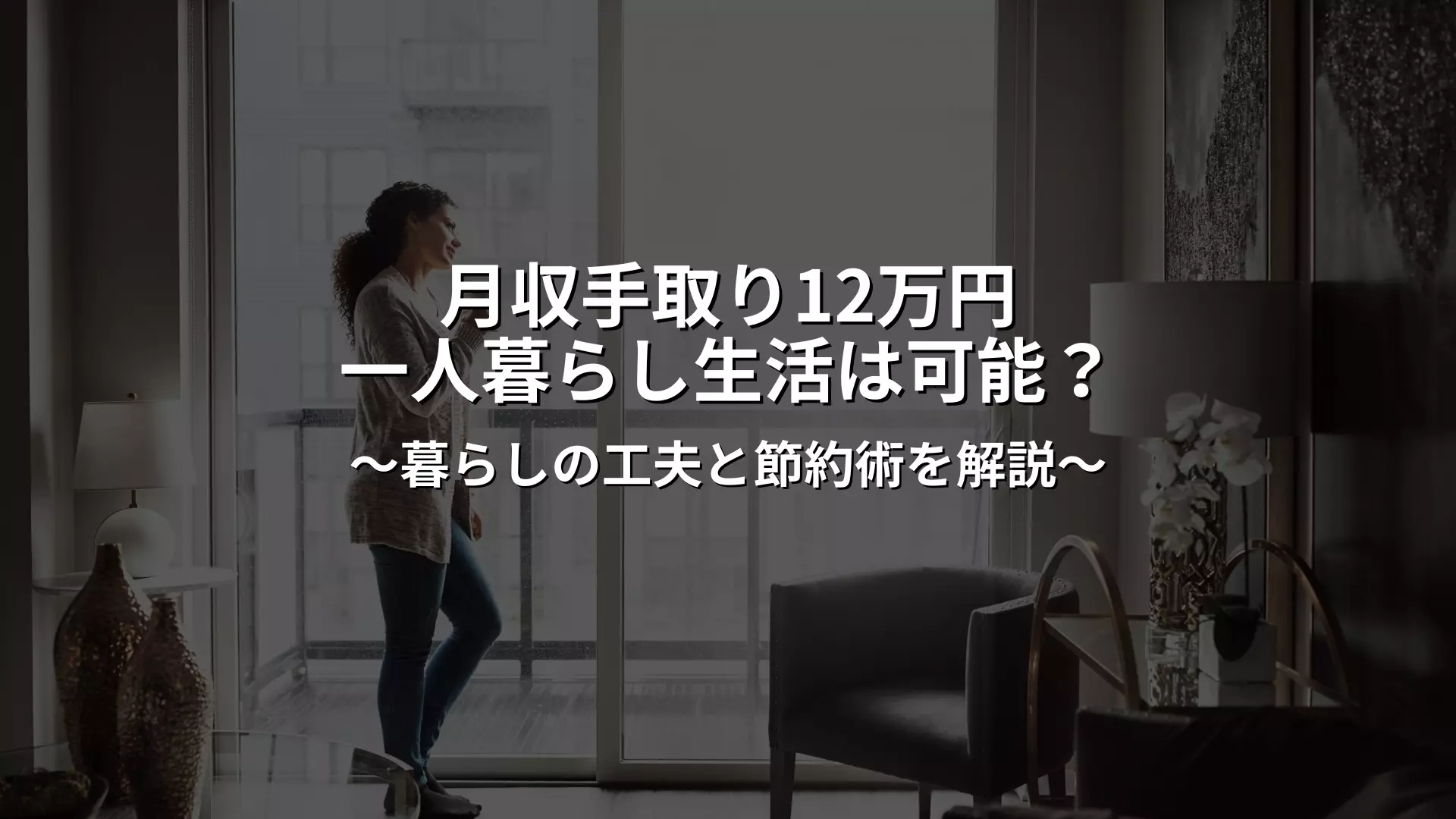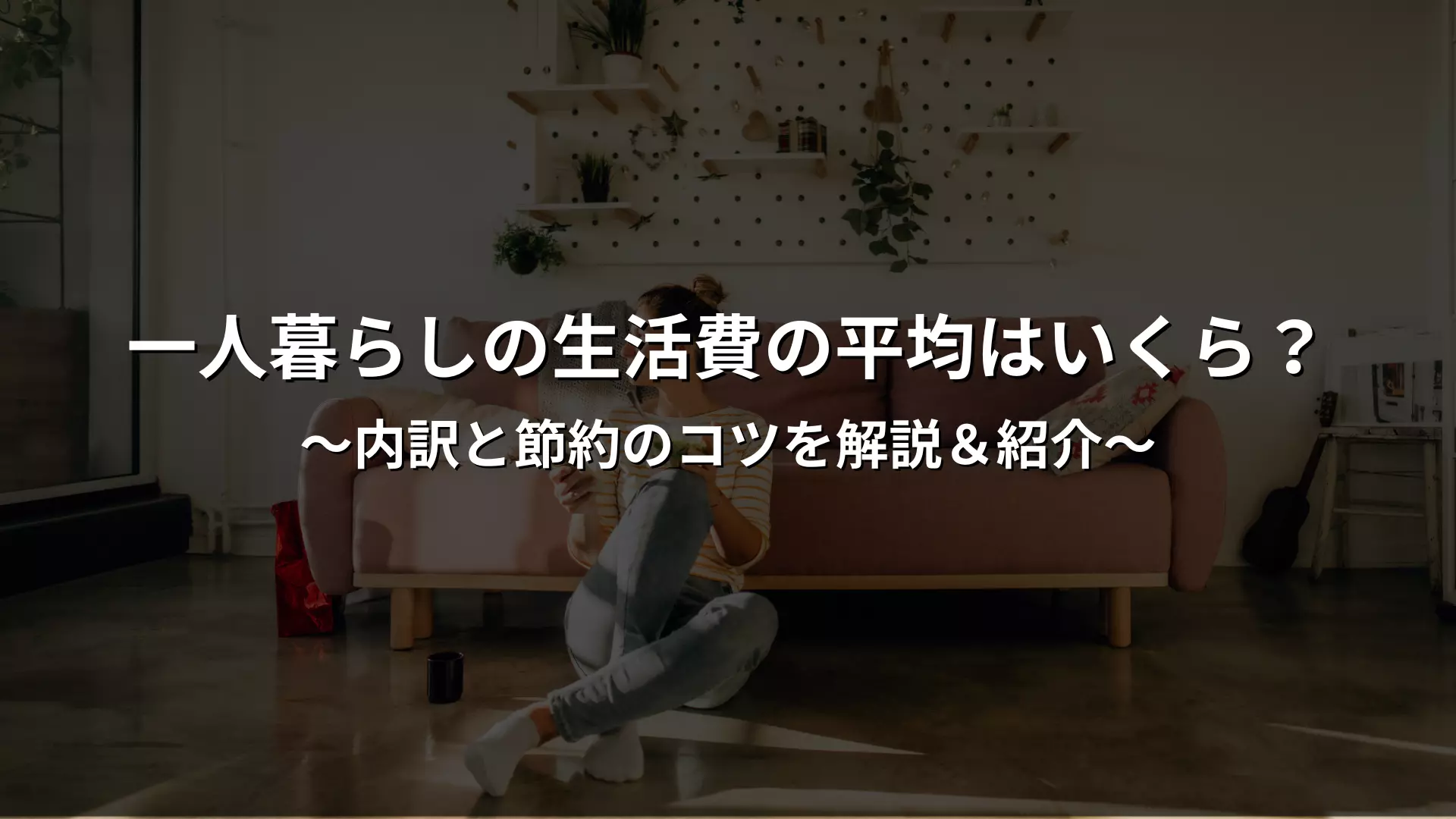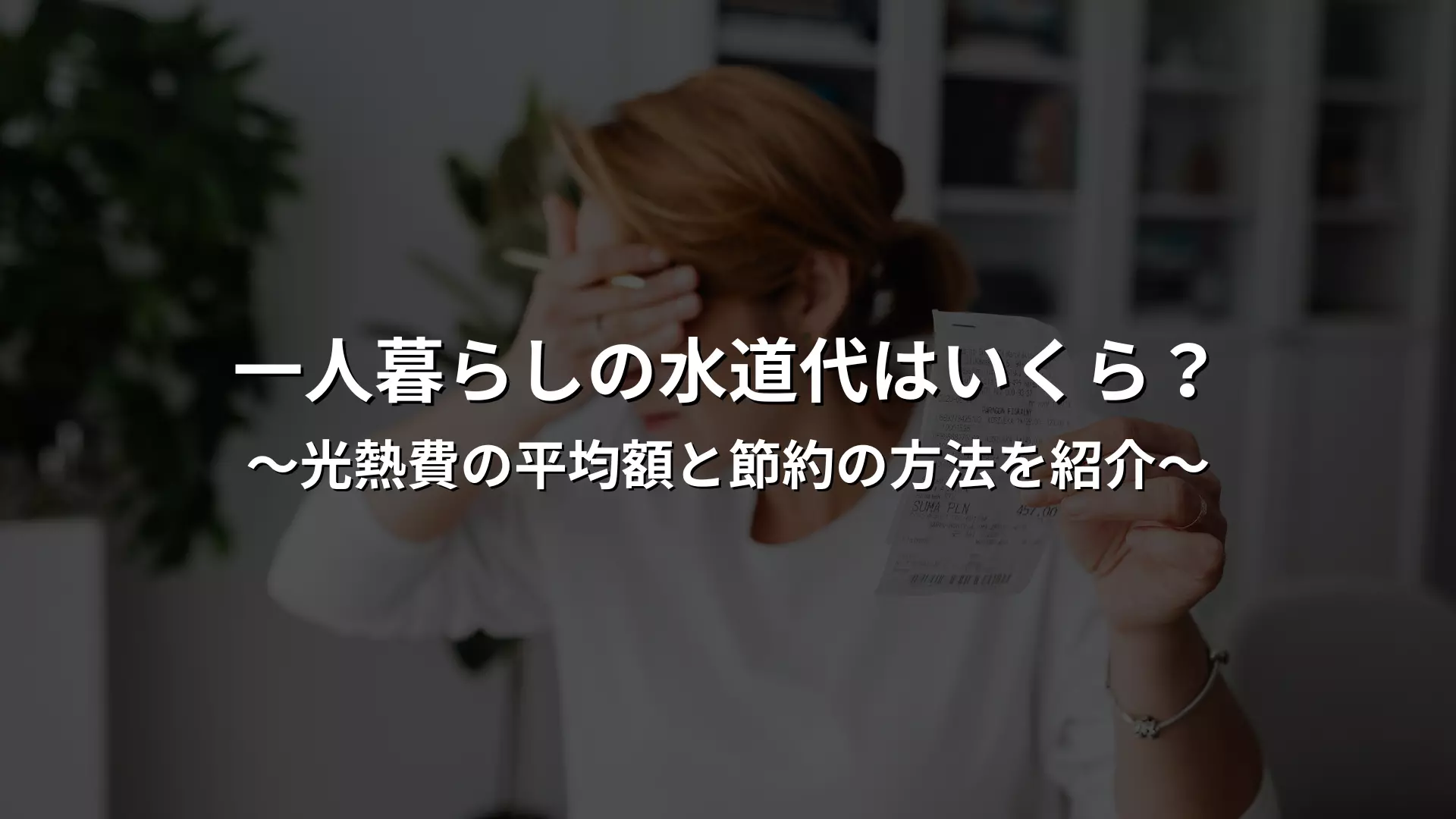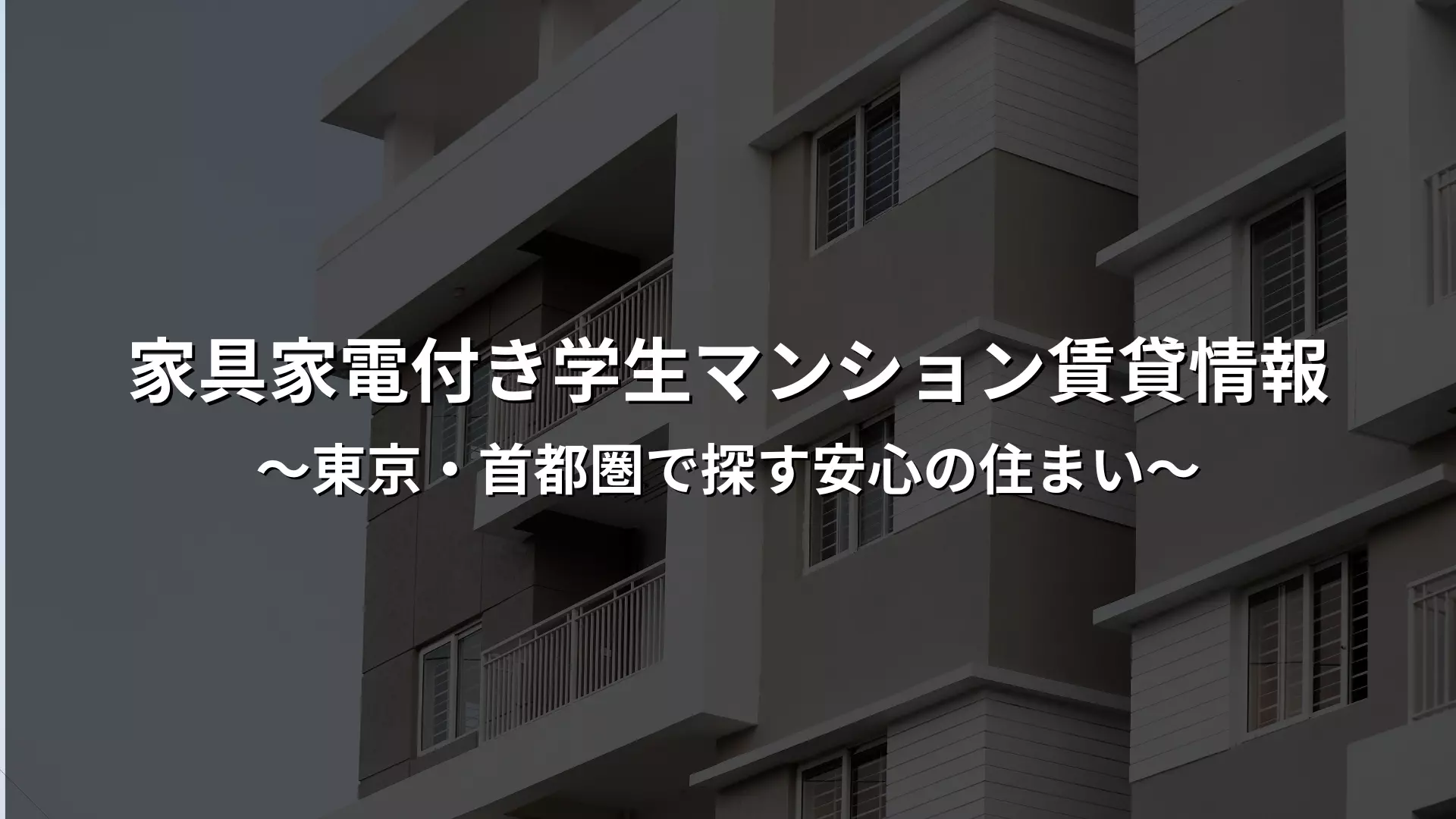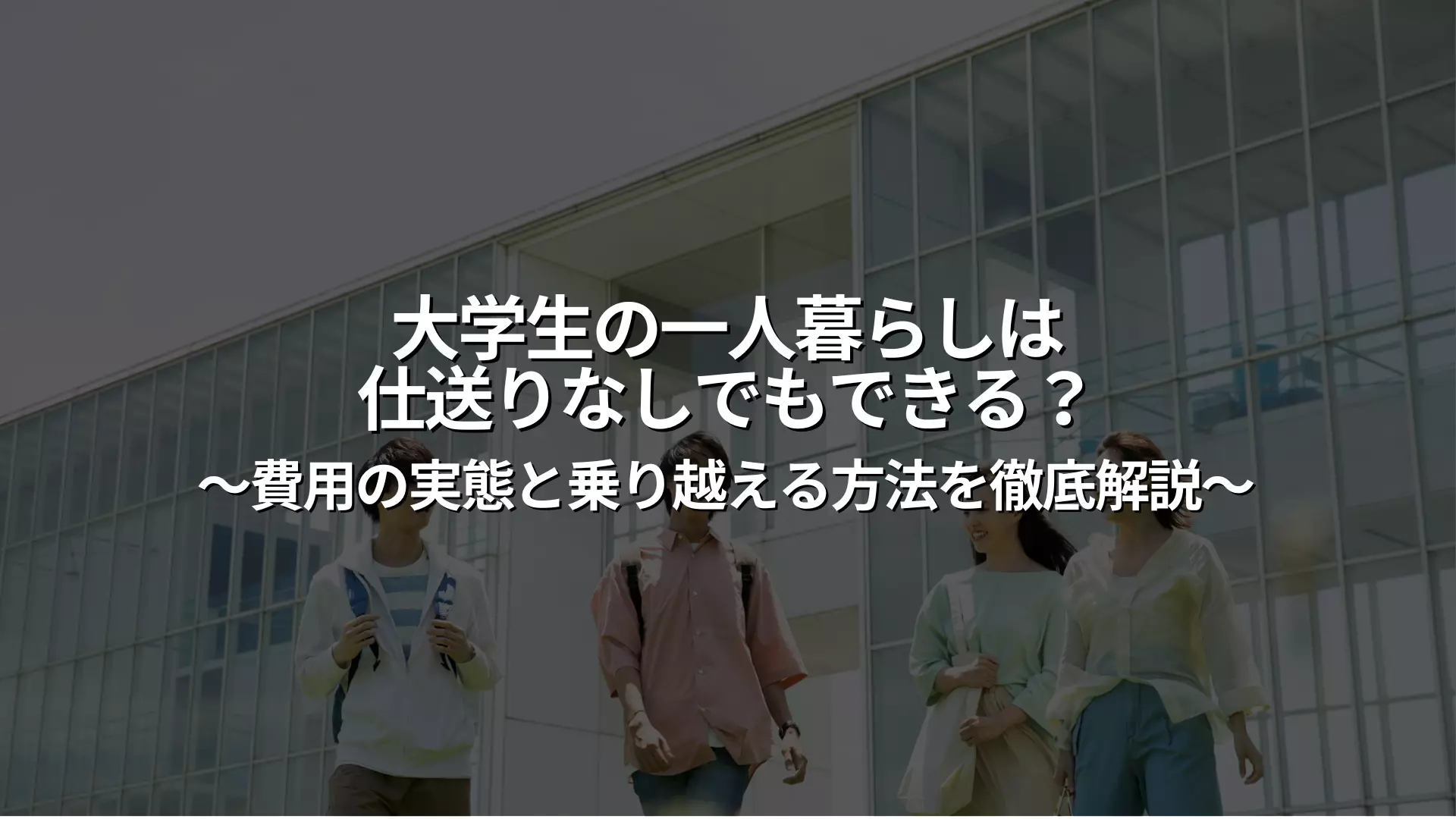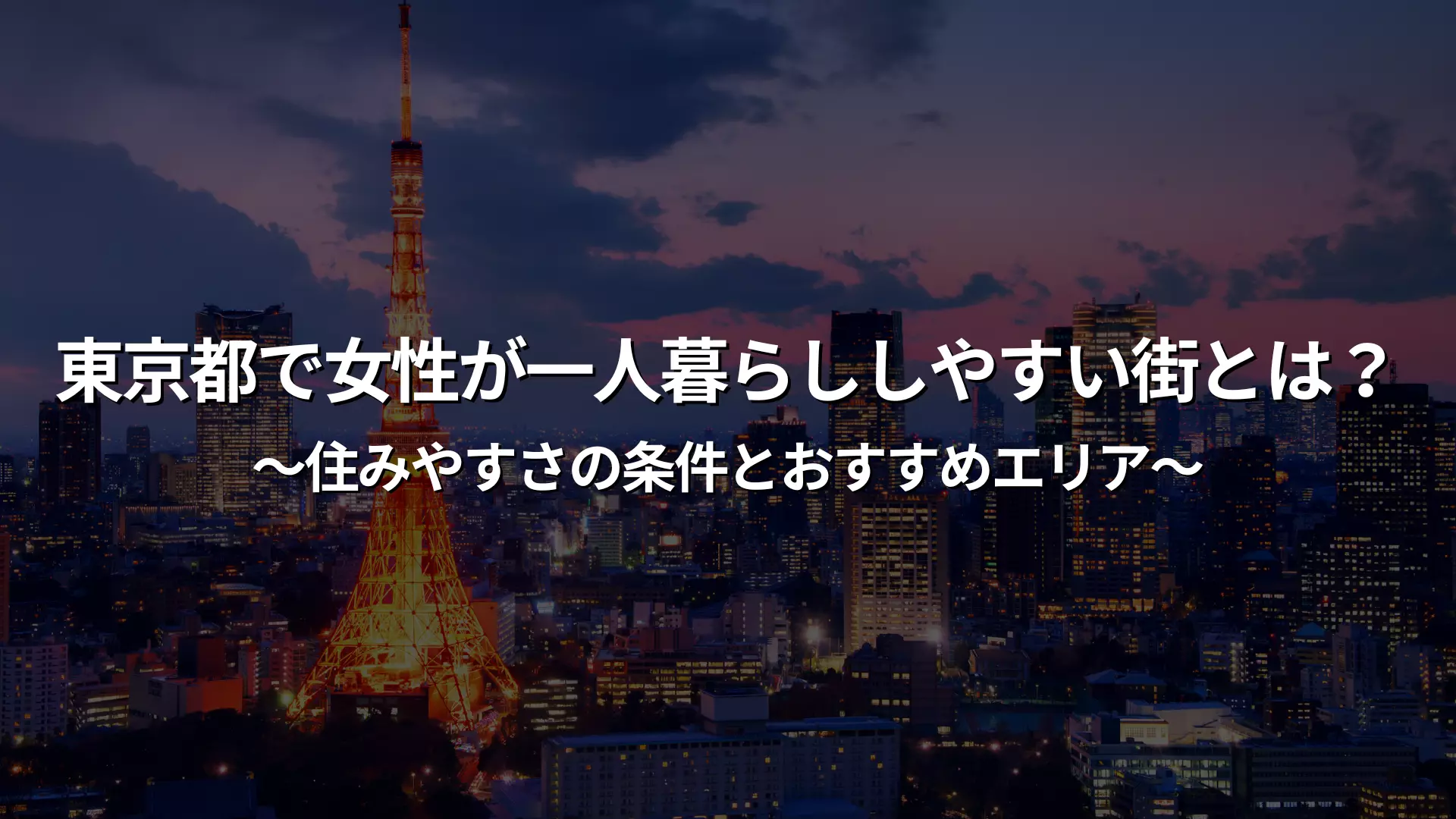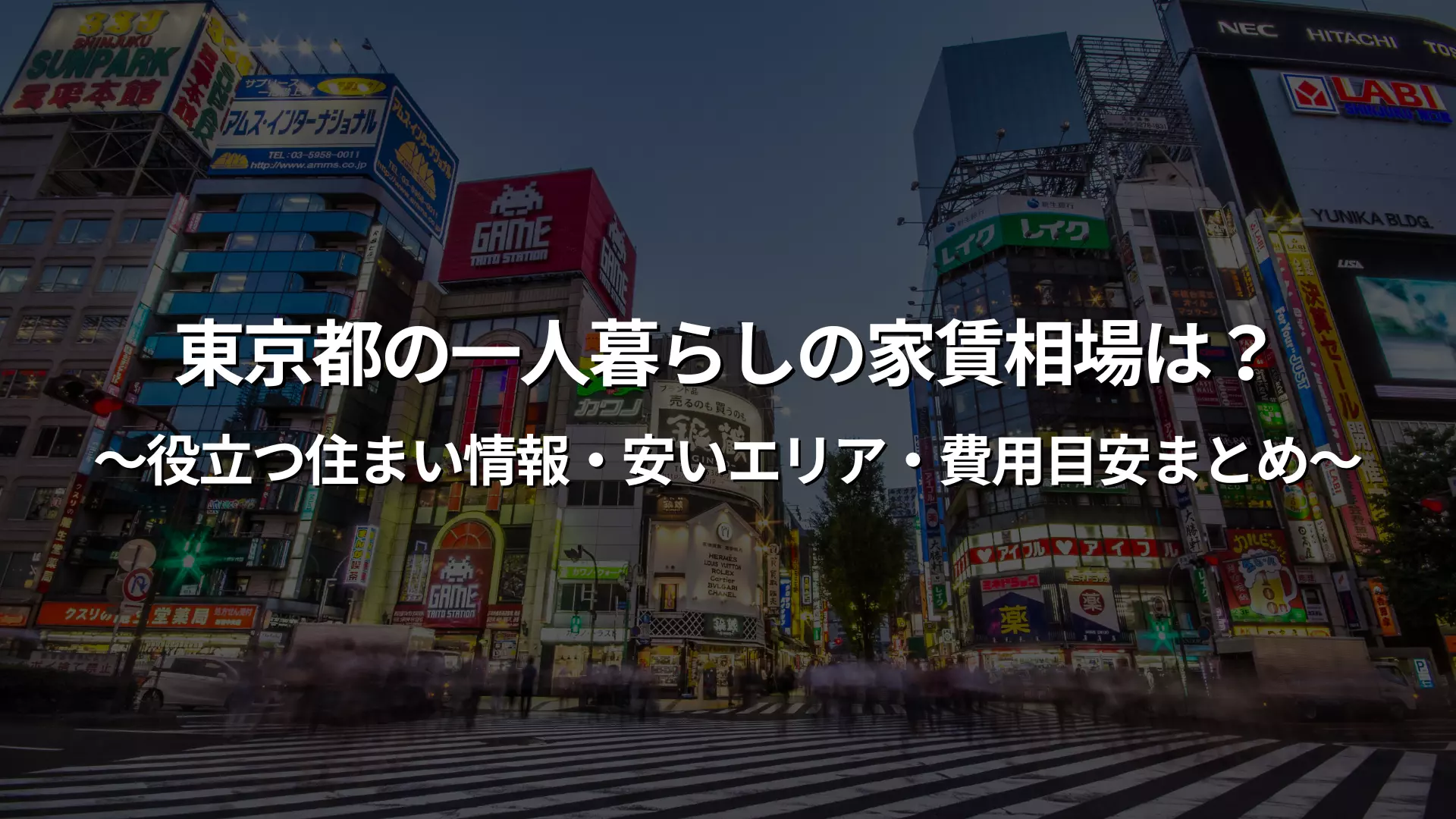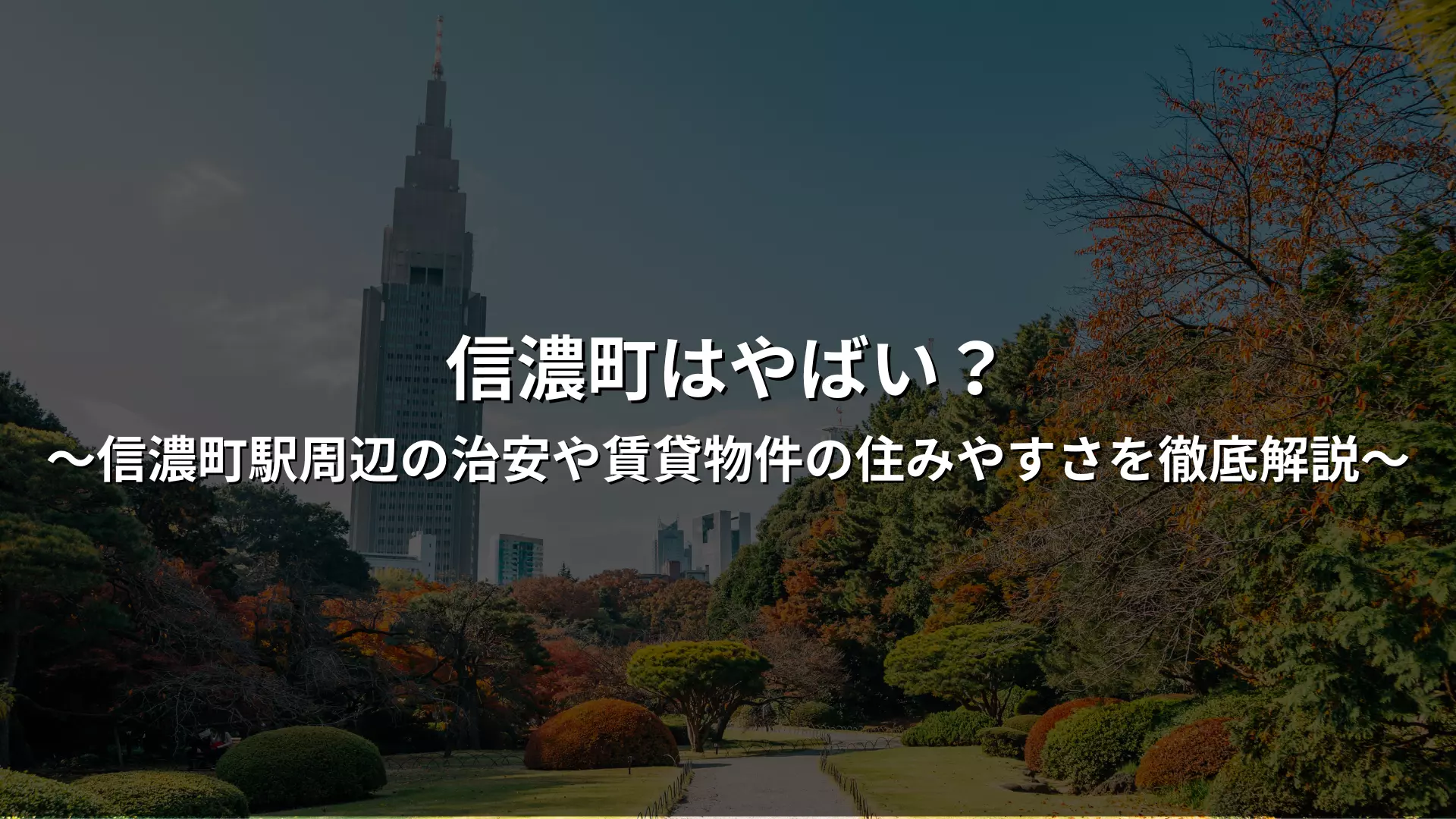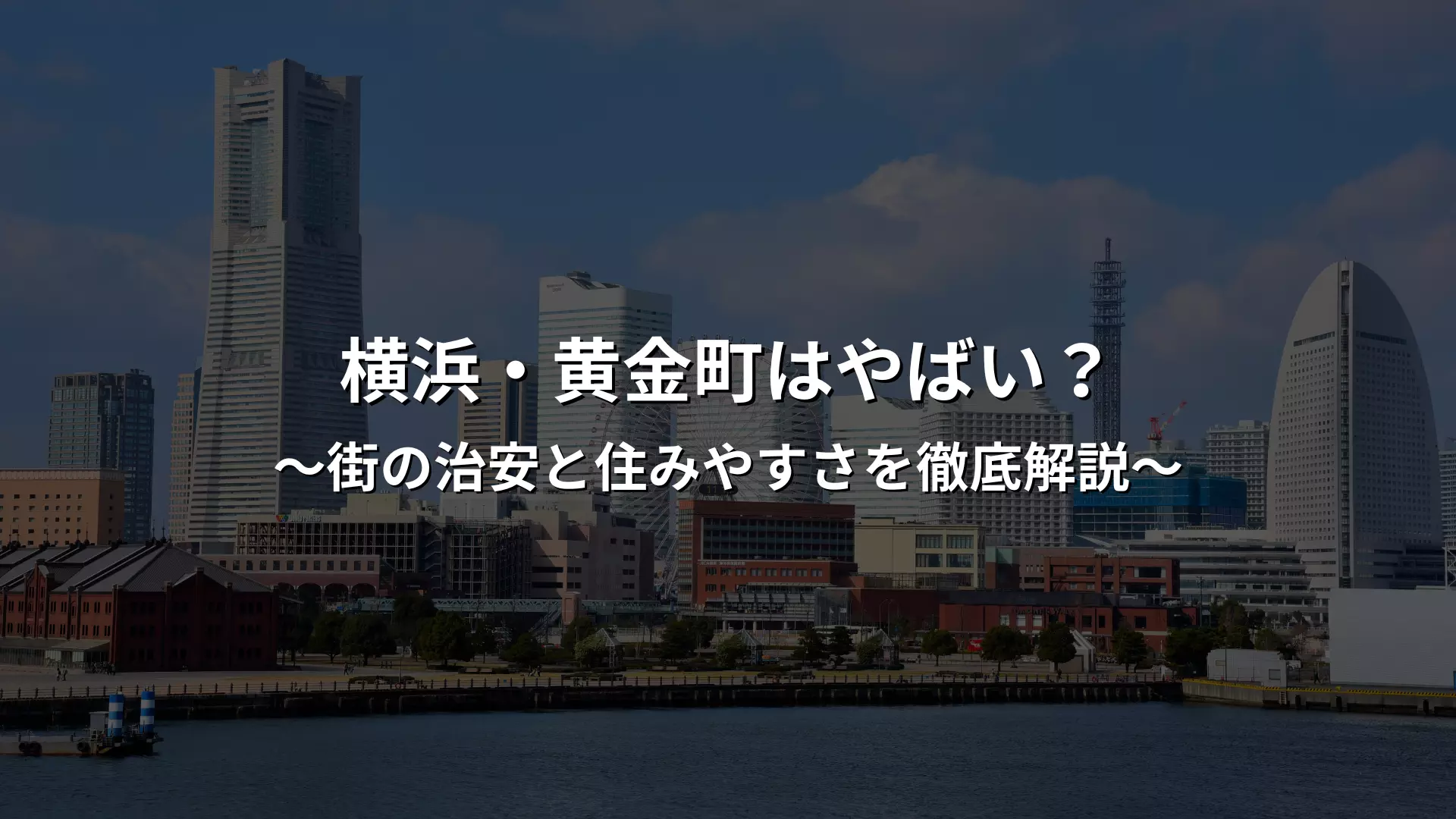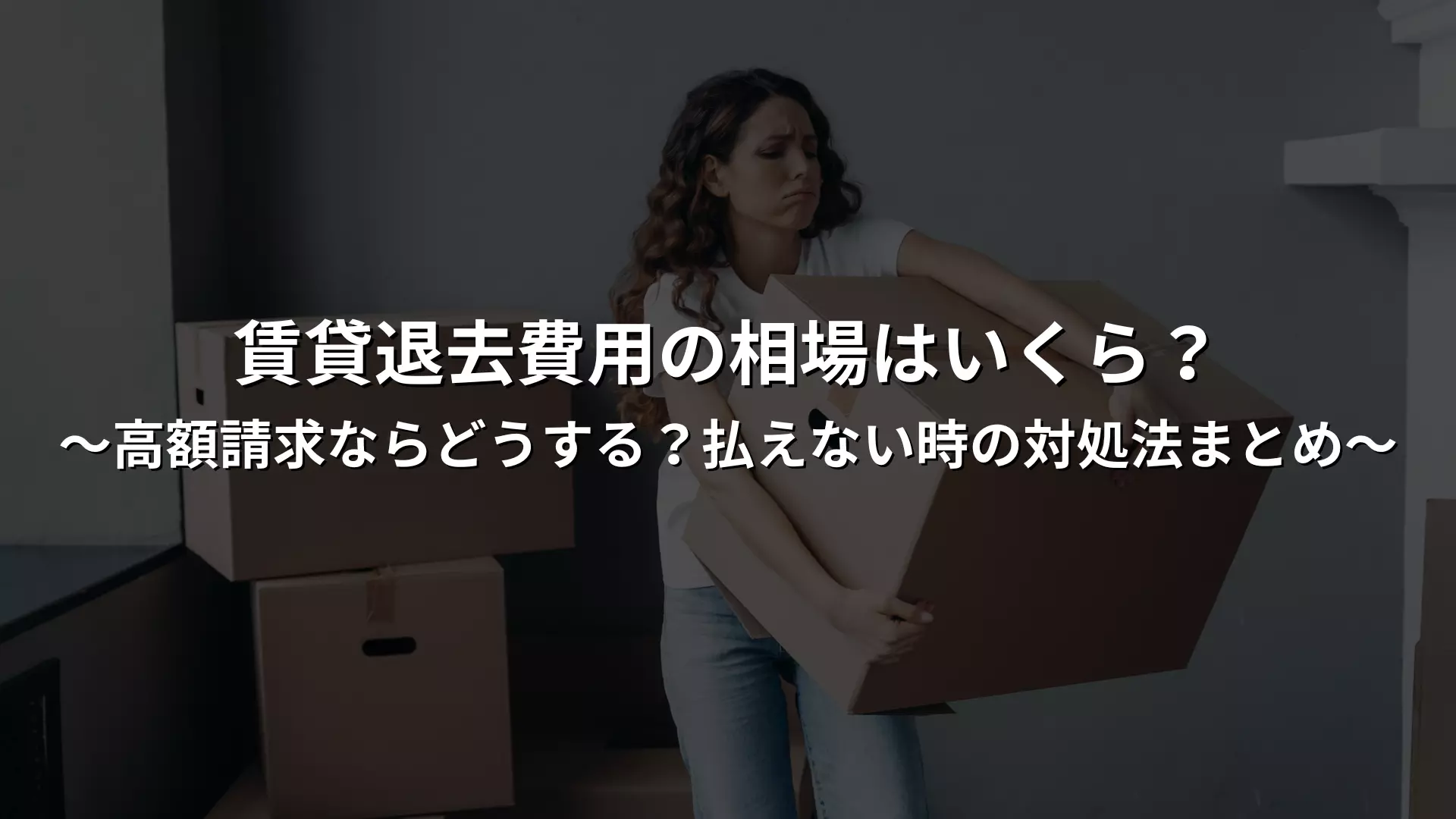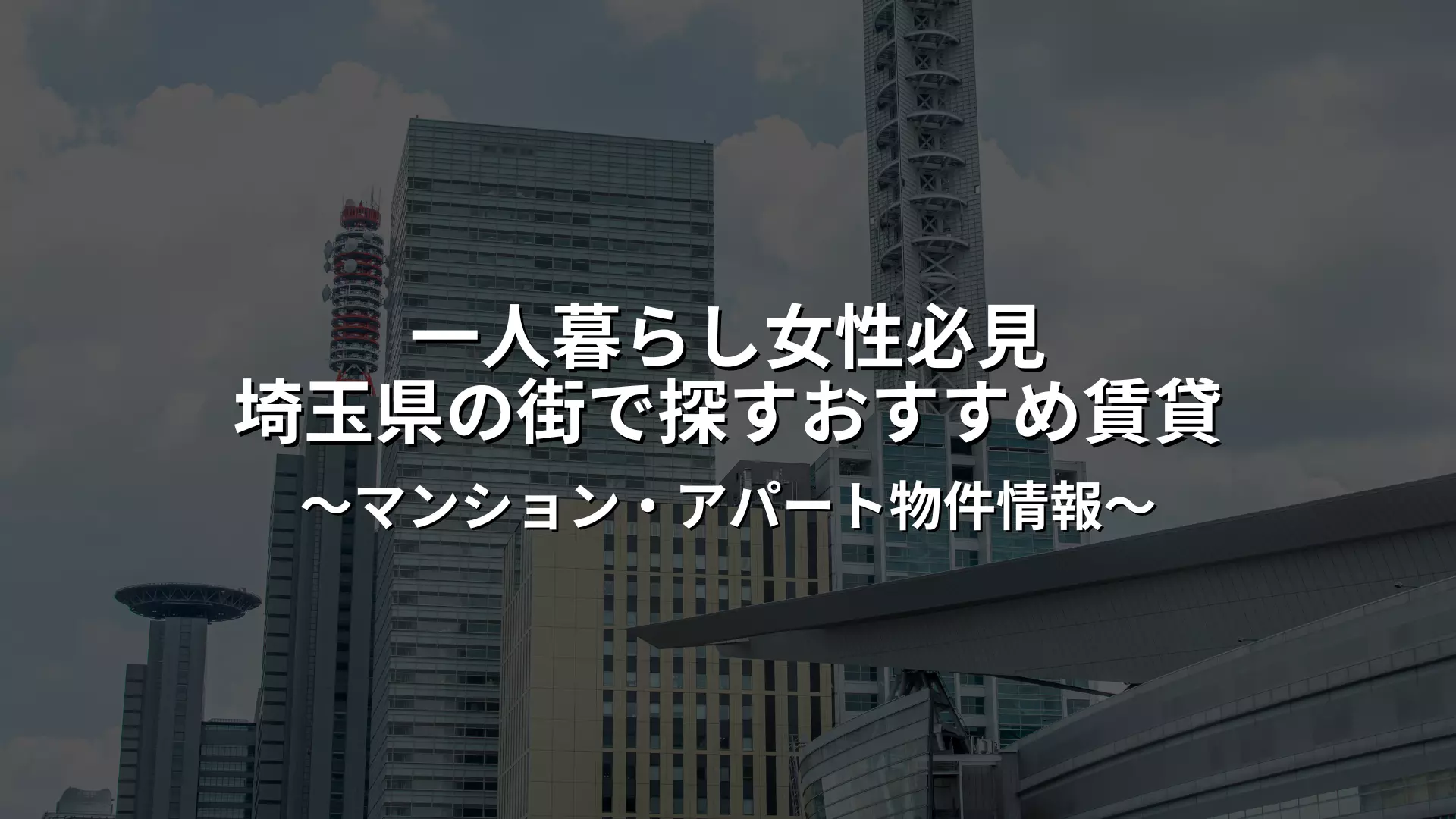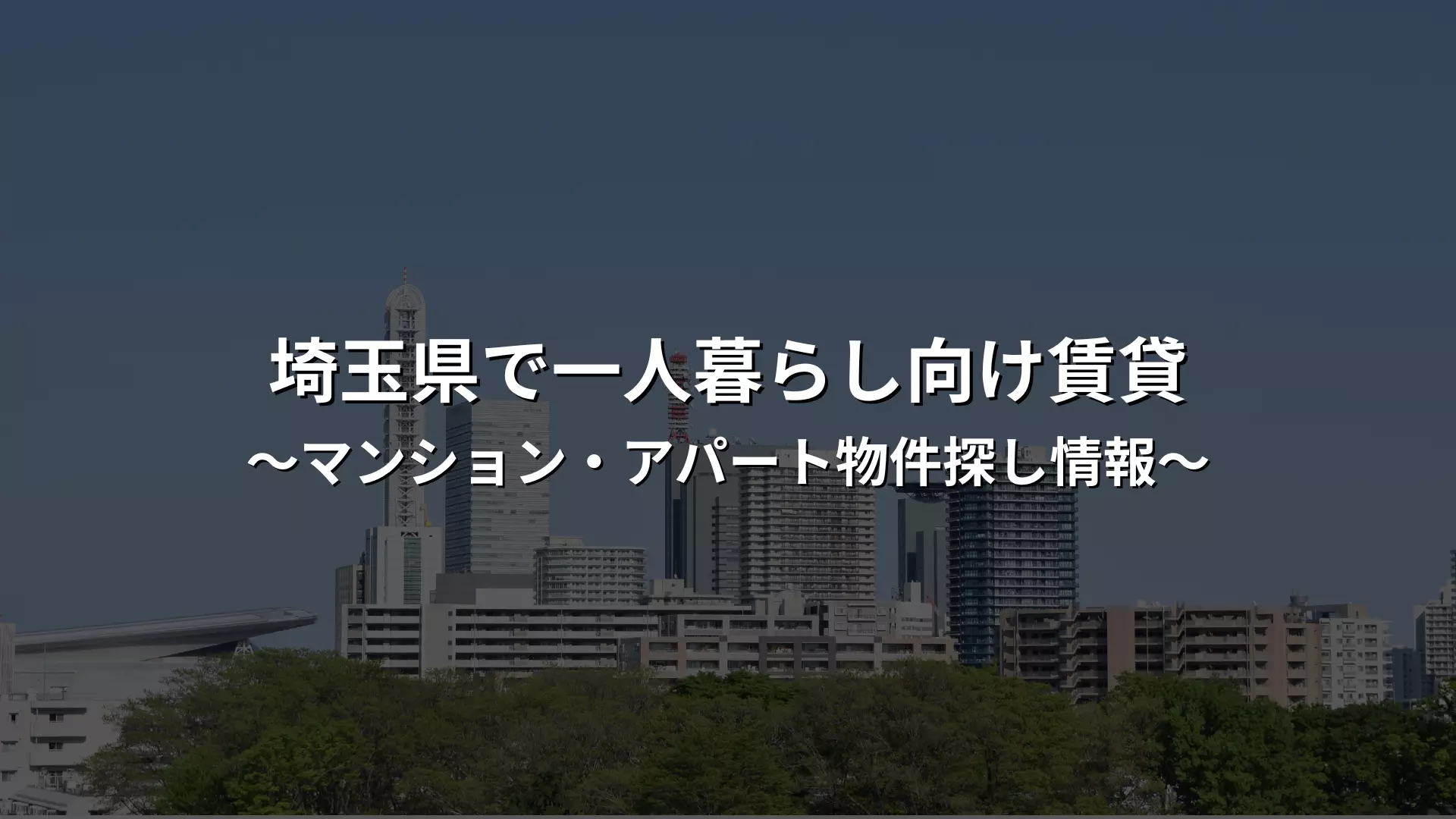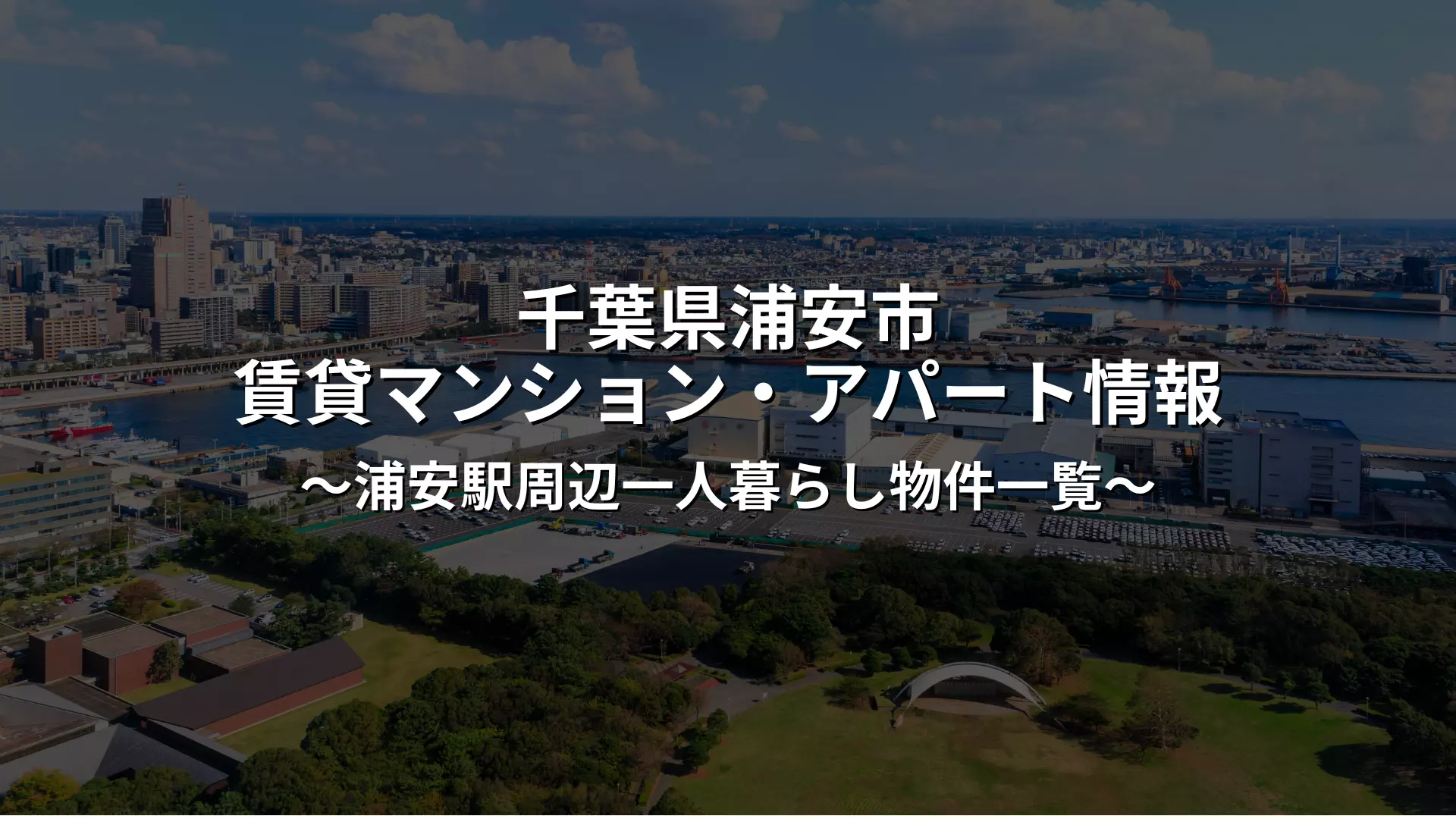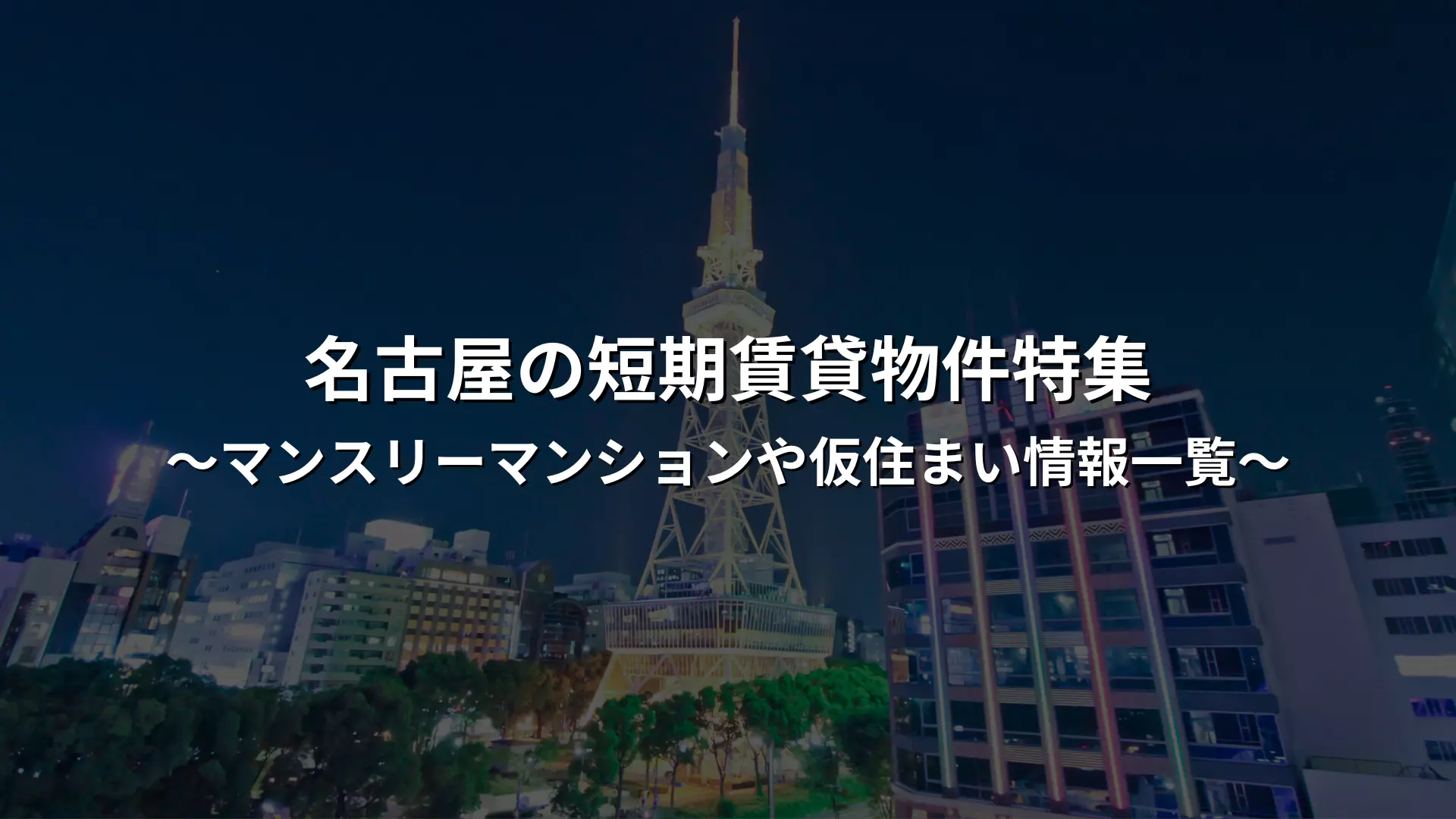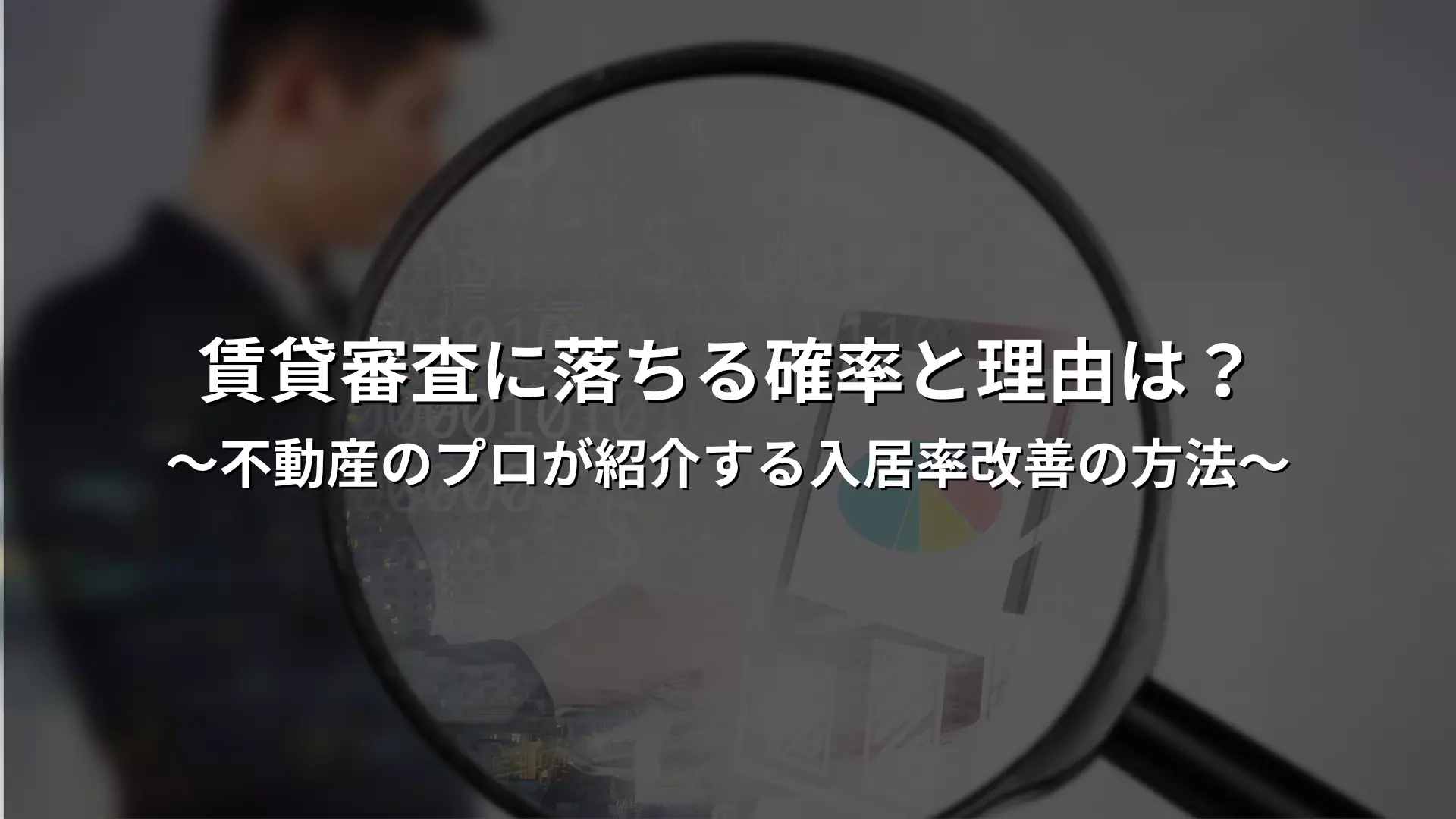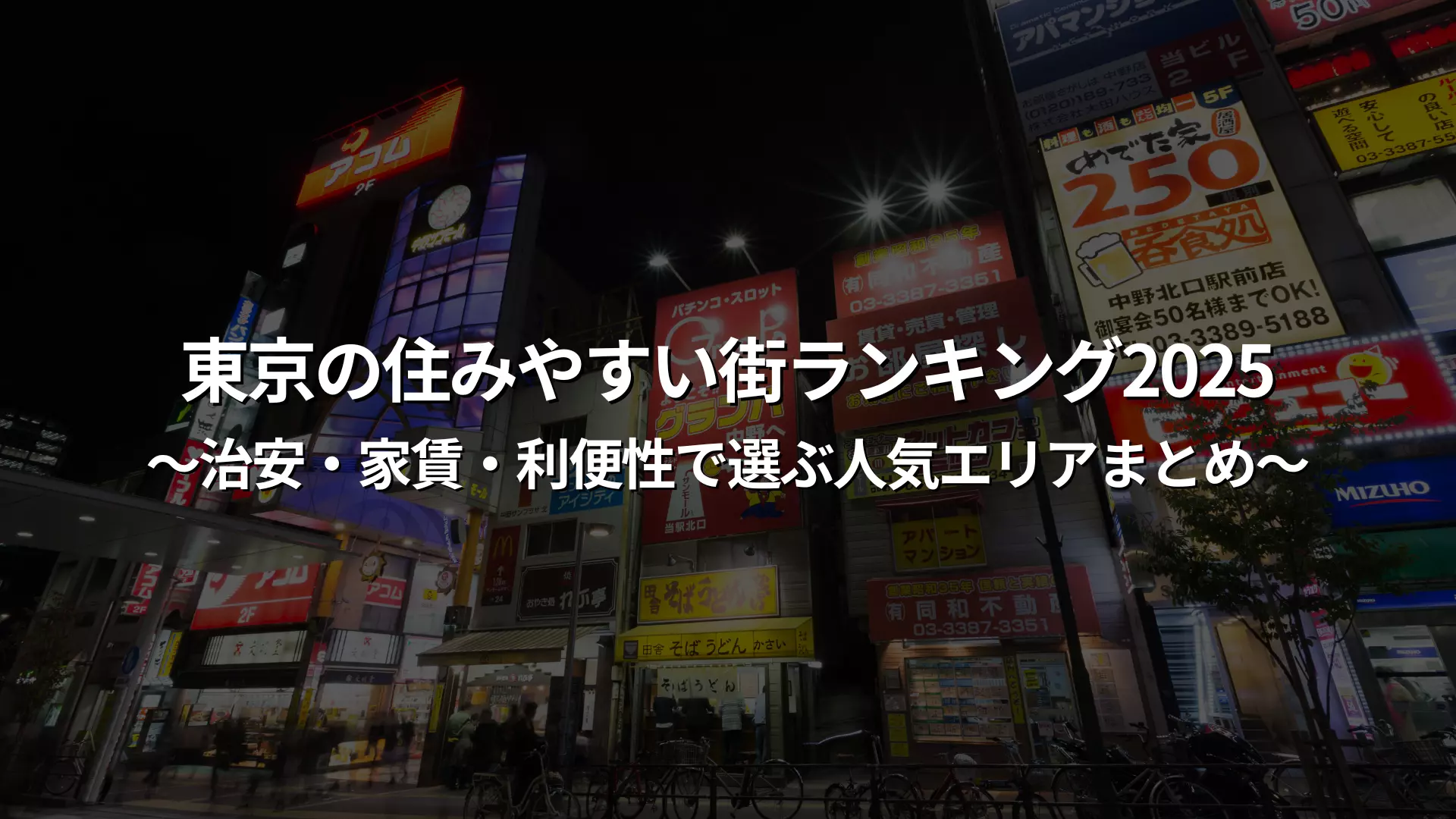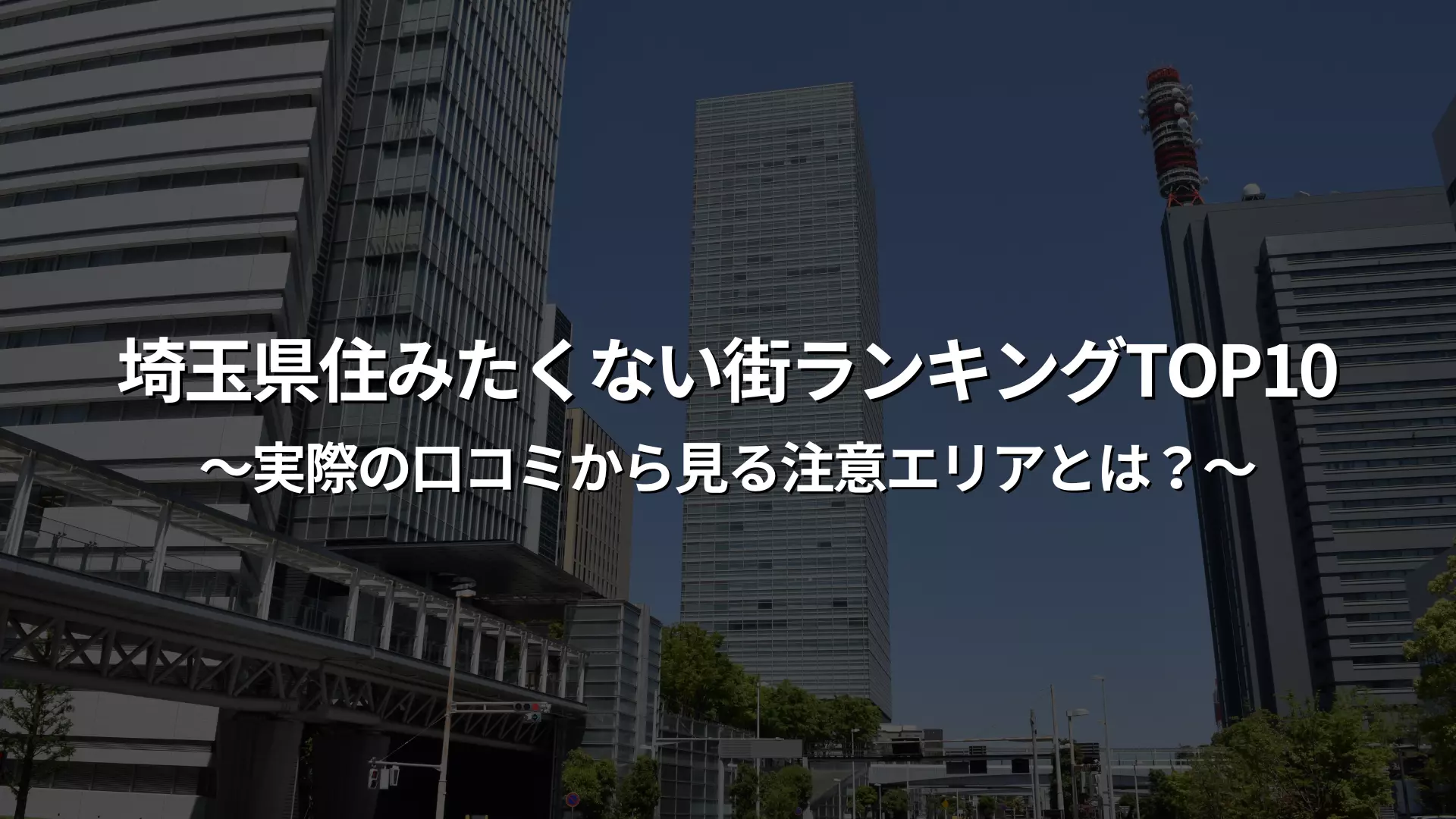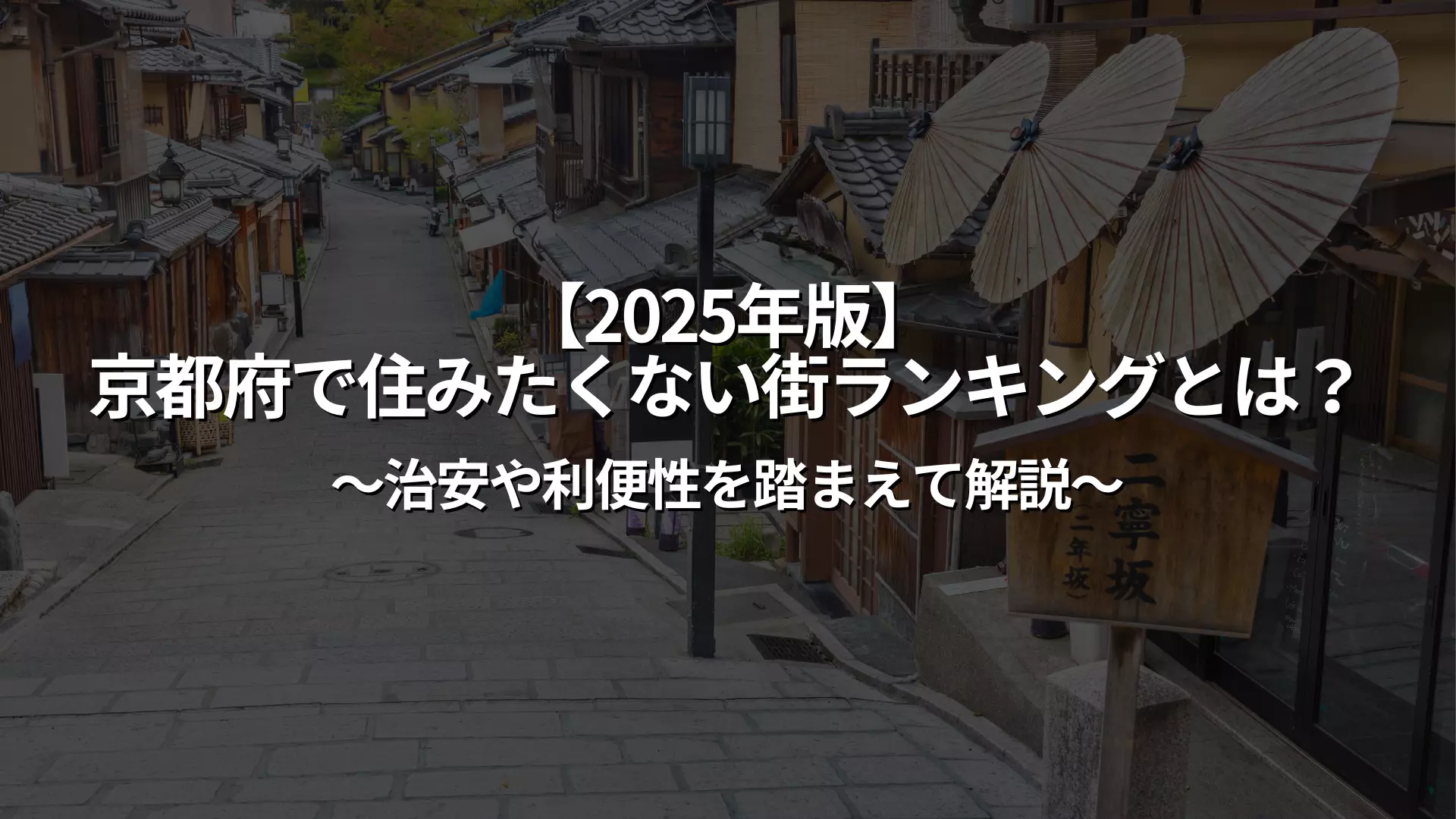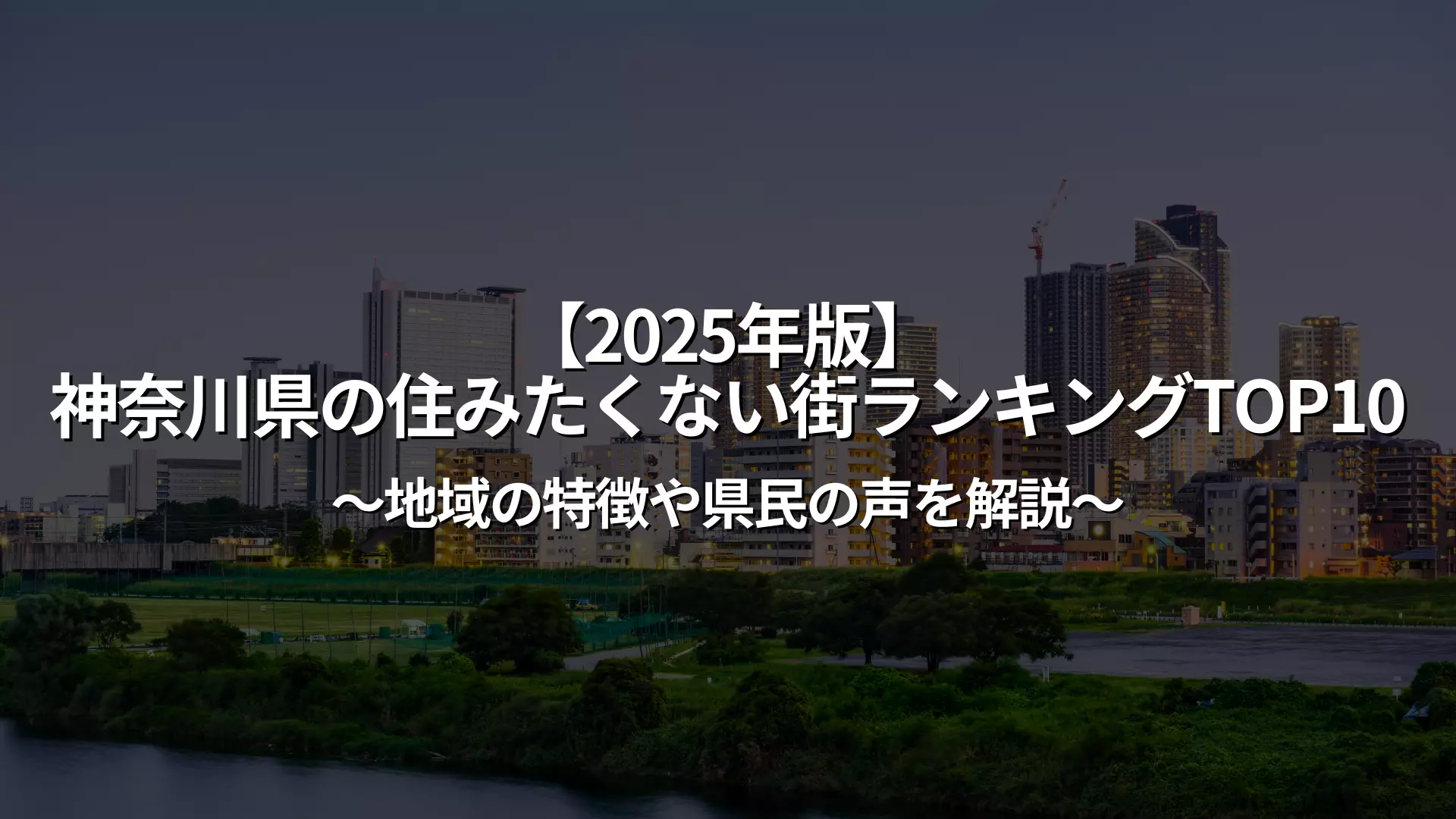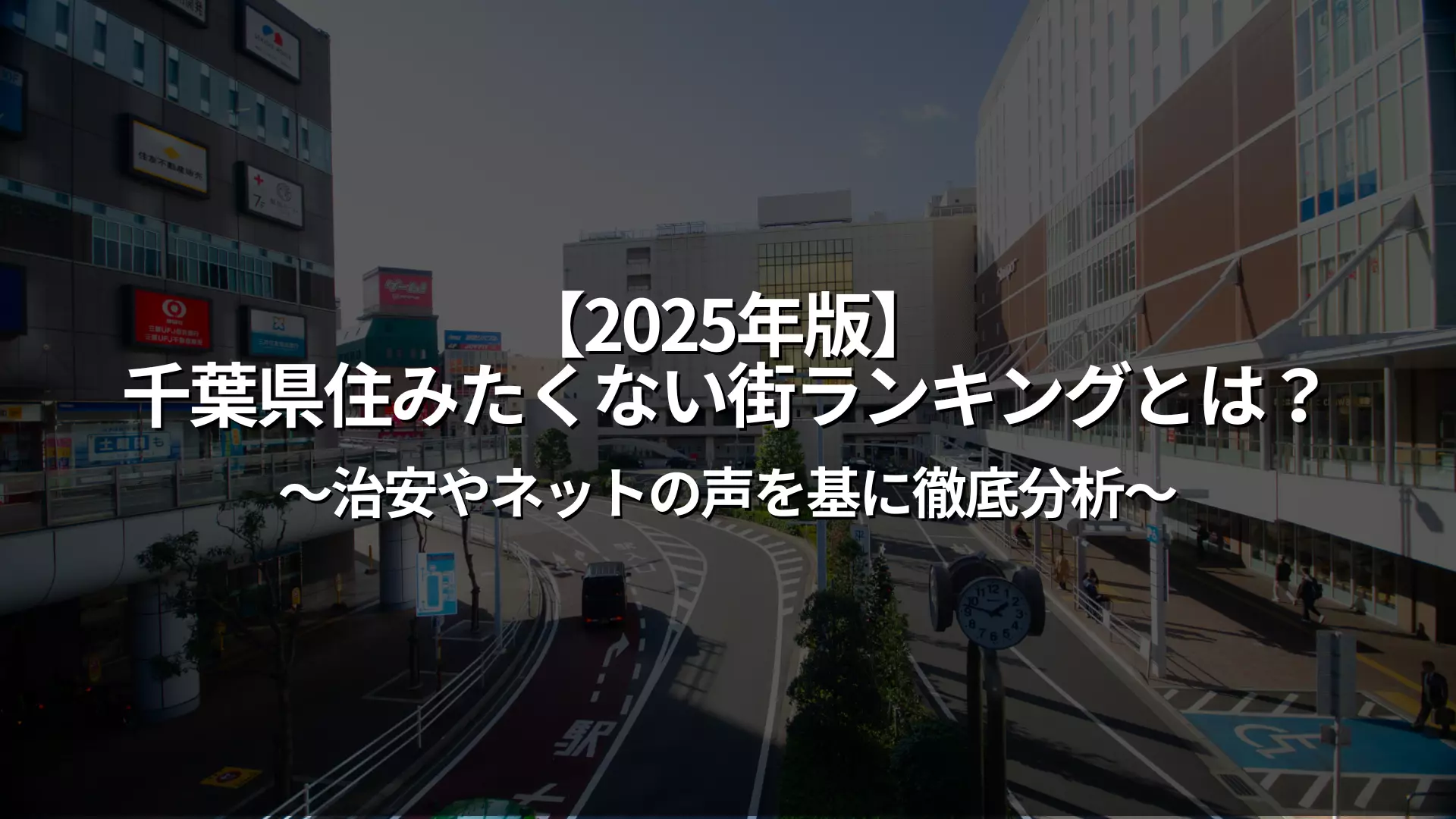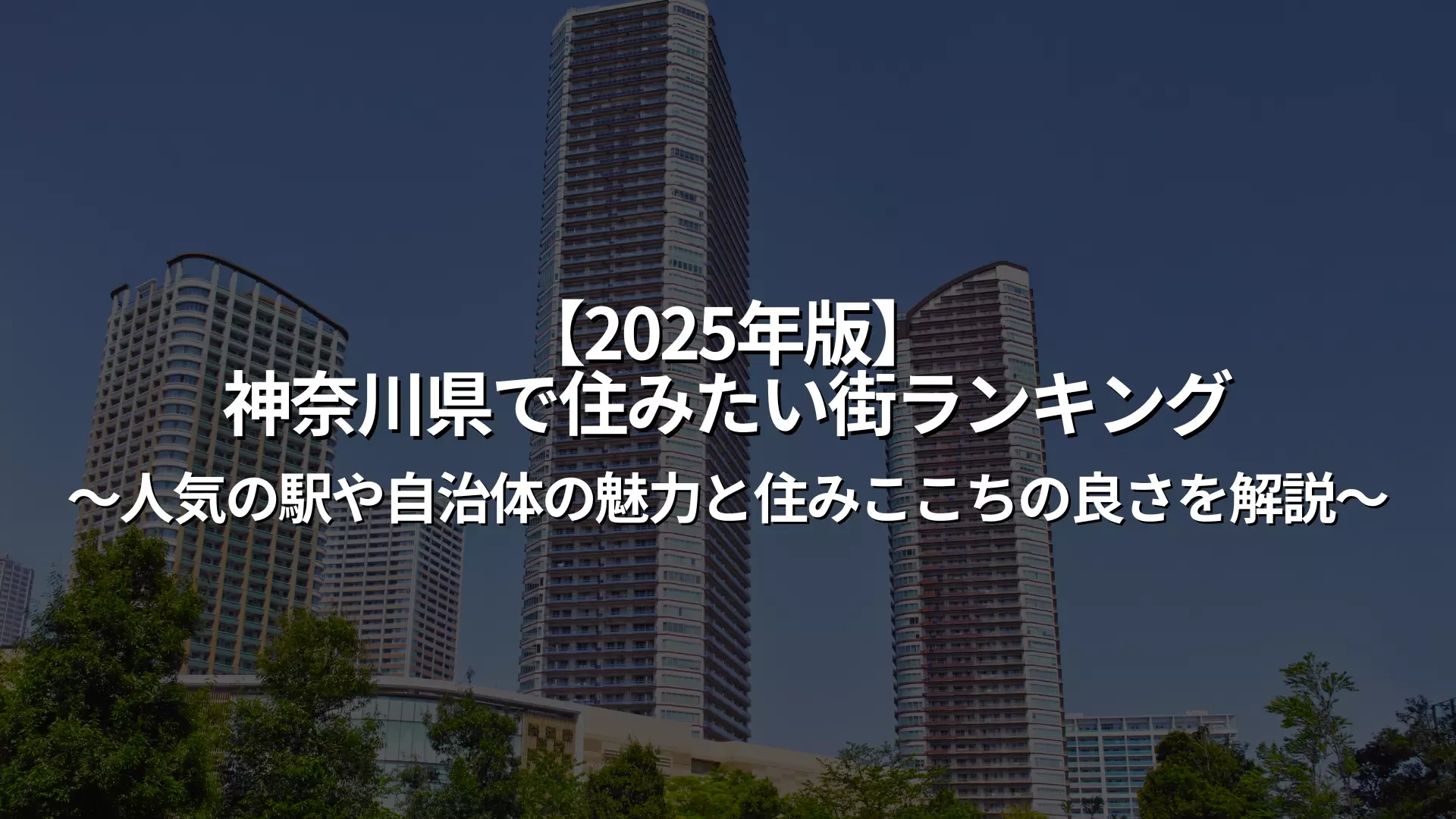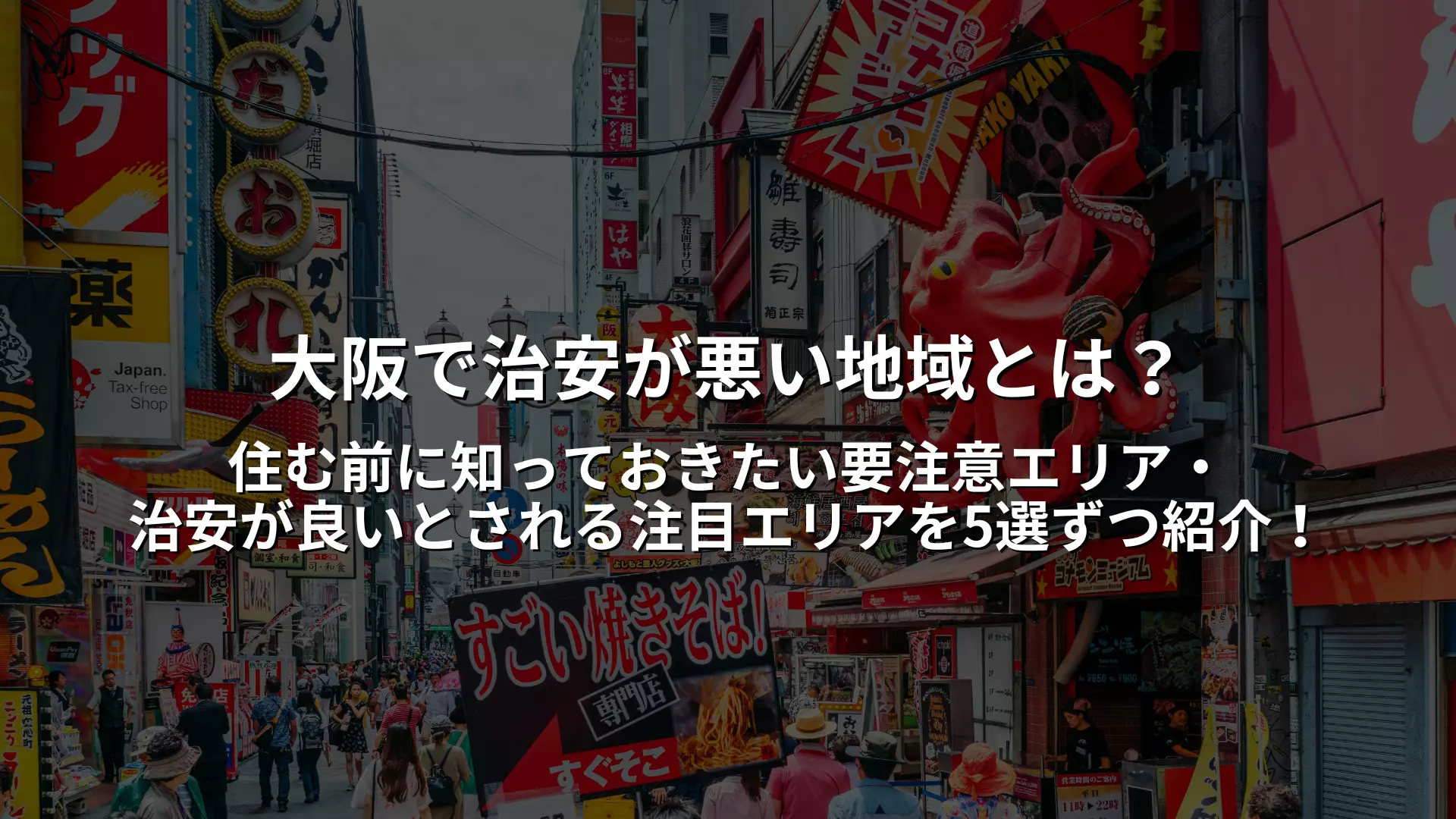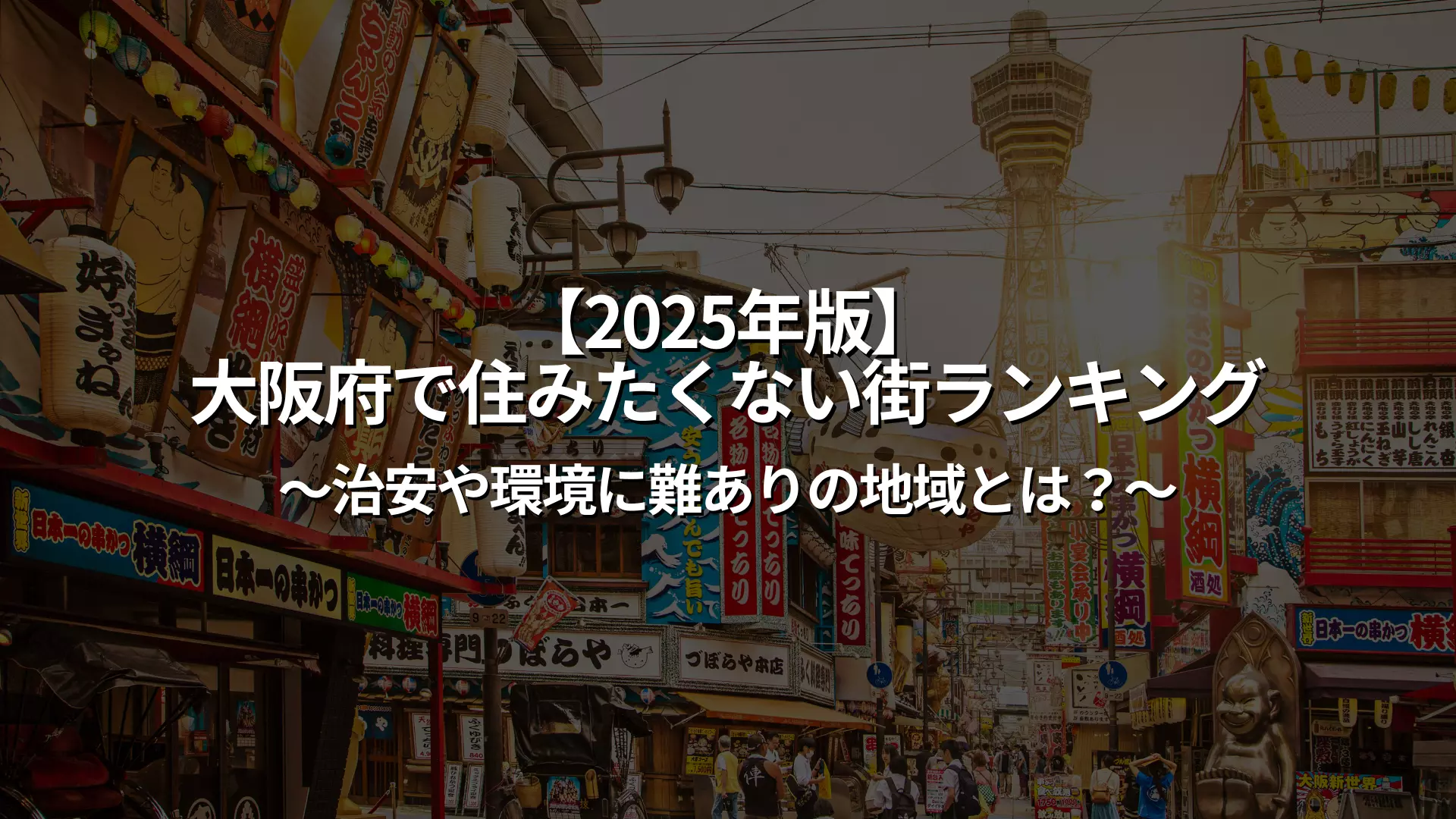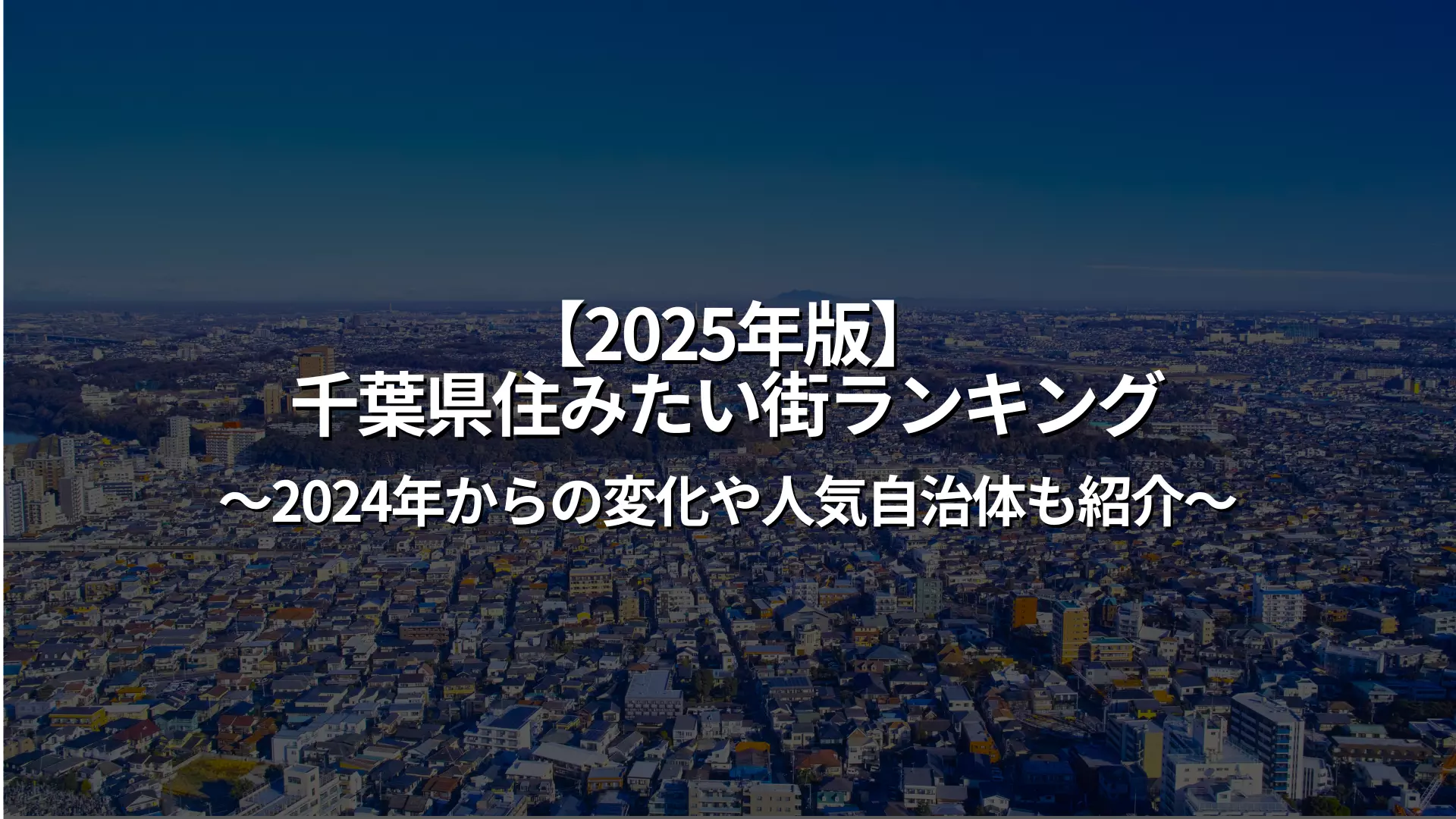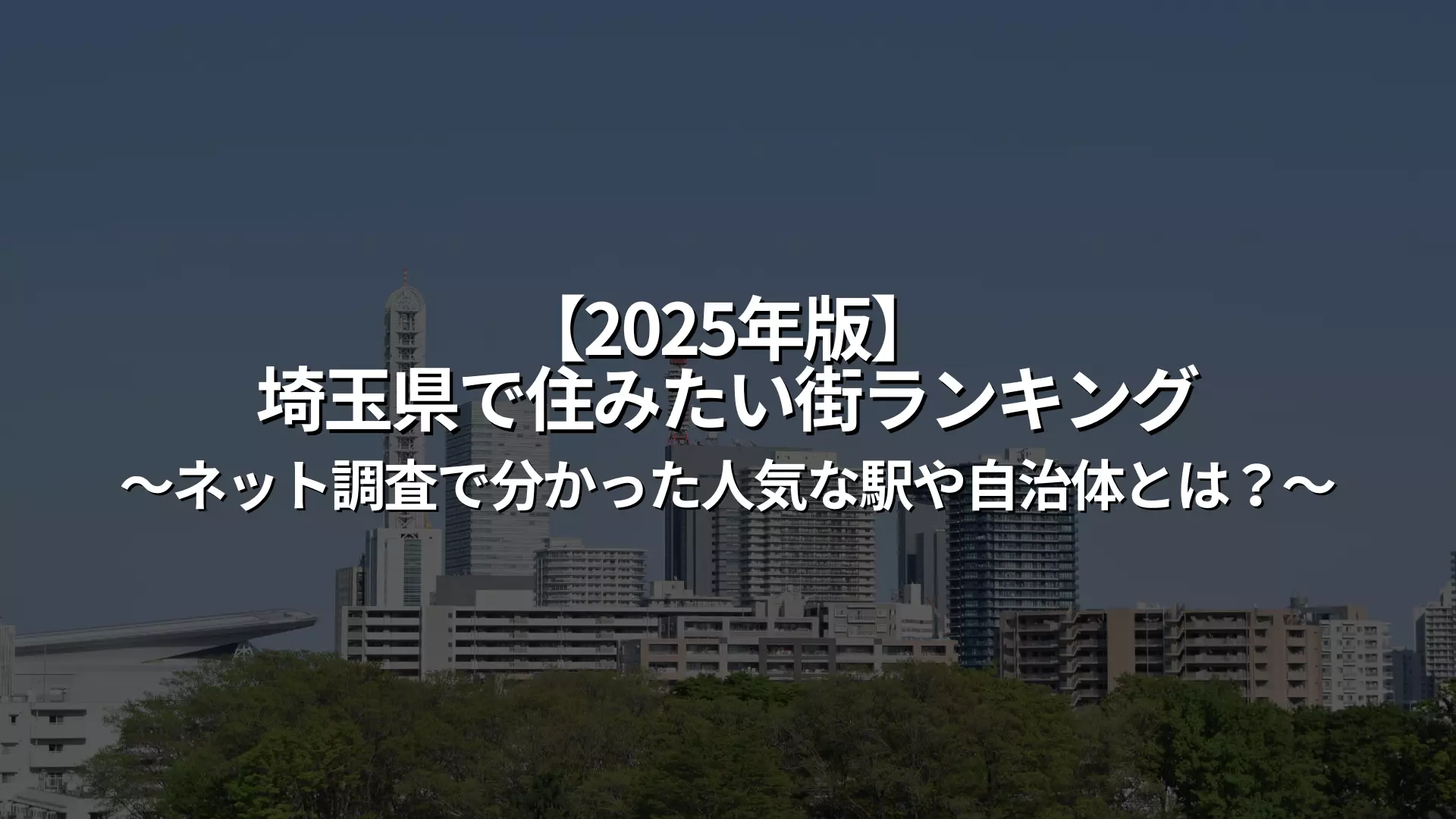What is Hosei University Tama Campus?
Hosei University's Tama Campus is a lush campus located in Aihara-cho, Machida City, Tokyo.
There are four faculties: Faculty of Economics, Faculty of Sociology, Faculty of Contemporary Welfare, and Faculty of Sports and Health Sciences, with a total student population of approximately 9,000. Although it is somewhat far from the city center, it is popular with students who want to study in a calm environment. The vast campus is equipped with school buildings, libraries, and student cafeterias with the latest facilities, making it possible to lead a comfortable student life.
Additionally, the Tama Campus has a community-based atmosphere within Hosei University, making it a recommended choice for those looking for a relaxed and homely student life.
Location and Access
Information about the location and access to Hosei University Tama Campus.
- Address: 4342 Aiharacho, Machida City, Tokyo
- Nearest station: About 10 minutes by bus from Mejirodai Station on the Keio Line, about 22 minutes by bus from Nishi-Hachioji Station on the JR Chuo Line, about 13 minutes from Aihara Station on the JR Yokohama Line, etc. Many students commute by bus from each station. It is also easily accessible from Shinjuku Station, and you can arrive in just under an hour if you use the Keio Line.
There are several bus routes around the campus, and direct buses to the university are available in the mornings and evenings. Although access is not as convenient as in urban areas, there are benefits such as being able to avoid rush hour by using the starting station. We recommend checking your commute route in advance and looking for a room near the most convenient station.
Convenient nearest station for commuting to school
There are several nearby stations.
- Mejirodai Station: The most popular station for commuting to the Tama Campus is Mejirodai Station on the Keio Line. It is easy to commute to school by bus or bicycle, and the average rent is relatively cheap.
- Nishi-Hachioji Station: The most popular station is JR Chuo Line's Nishi-Hachioji Station. As it is on the Chuo Line, it has good access to Shinjuku and is also popular as an area with many part-time job opportunities.
- Aihara Station: Although this area is relatively close to campus, it is located in a quiet residential area and is suitable for students who want to live a quiet life.
All stations are well served by buses, so it's important to choose one that takes into account your commute time and your lifestyle.
Tama Campus Faculty and Student Atmosphere
The Tama Campus has three faculties: the Faculty of Economics, the Faculty of Sociology, and the Faculty of Contemporary Welfare. All of these faculties focus on social issues and human relationships, and the students tend to have calm personalities. Compared to the urban campuses, it is less flashy and has a tendency for many students to lead serious and calm student lives.
In addition, the location is surrounded by nature, so you can concentrate on your studies without any stress. There are active club activities and seminars, and the atmosphere is also attractive, making it easy to build relationships. This campus is perfect for students who want to improve their independence and living skills through living alone.
What are the best areas for living alone? Ranking of popular stations
Popular areas for students living alone at Hosei University's Tama Campus are chosen based on three criteria: ease of commuting, low rent, and convenience of living.
Let's take a closer look at the benefits each station offers.
No. 1: Mejirodai Station | Close to campus and affordable rent
Mejirodai Station is on the Keio Takao Line, which provides excellent access to the Hosei University Tama Campus, and you can commute to the campus by bus or bicycle. There are supermarkets, convenience stores, and restaurants around the station, providing the necessary living environment for living alone.
In addition, rent is relatively reasonable at 40,000 to 50,000 yen for a 1K or one-room apartment, making it ideal for students looking to live alone for the first time. The area around the station is a quiet residential area with good public safety, so it is also recommended for those who prefer a quiet environment. There is a bus to campus every morning, making it a popular area for those who want to avoid the school rush hour.
No. 2: Nishi-Hachioji Station | Good access and convenient for shopping
Nishi-Hachioji Station is located on the JR Chuo Line, making it a recommended area for students who want to prioritize both commuting to school and access to the city center. Hosei University's Tama Campus is about 20 minutes away by bus.
There are plenty of large supermarkets, restaurant chains, drugstores, etc. around the station, so you won't have any trouble with daily life. The average rent is around 50,000 to 60,000 yen, and there are many relatively affordable properties near the station. In addition, there is a direct train to Shinjuku, so it is popular with students who often go to the city center for part-time jobs or fun.
No. 3: Aihara Station | Quiet environment and good value for money
Aihara Station is on the JR Yokohama Line and is one of the closest stations to the Tama Campus. It is about a 10-minute bus ride from the station to the university, and can also be cycled.
The area around the station is a quiet residential area with good public safety. It is popular with students who want to live a calm life. The average rent is also the second cheapest after Mejirodai Station, with many 1K apartments available for around 40,000 yen. Although there are few commercial facilities, there are all the basic stores necessary for daily life, making it especially recommended for students who mainly cook at home.
This area is perfect for those who value proximity to schools and a quiet living environment over access to the city center.
Other areas | Hashimoto, Machida and other options available
Although they are a little far away, Hashimoto Station and Machida Station, which are on the JR Yokohama Line and Keio Sagamihara Line, are also popular areas among Hosei University students.
Hashimoto Station is a transportation network with three lines available, and there are many large shopping malls and restaurants nearby.
Machida Station is an urban area, and its convenience means you won't have any trouble finding a part-time job or shopping. However, you'll need to take a bus or a train + bus to get to campus, and it can take 30 minutes to an hour. The average rent is a little high, but it tends to be chosen by students who want to enjoy city life.
Search for a room
Only furnished properties with appliances are listed!
What is the average rent? Average price by type
The main attraction of the rental properties around Hosei University's Tama Campus is that the rent is more reasonable than in the city center. There are plenty of properties for students.
Rent varies depending on the area, and the average rent differs along the Keio Line, Chuo Line, and Yokohama Line, so it is important to choose an apartment based on your desired lifestyle and the convenience of commuting to school. In this chapter, we will take a closer look at average rents by type and area.
Market price for one-room/1K apartments
The layout most students choose around the Tama Campus is a simple one-room or one-kitchen apartment. The average rent for these properties varies depending on the area and age of the building, but is roughly 45,000 to 58,000 yen per month.
Newer properties near stations are a little pricey, but older properties a little further away can be in the 40,000 yen range. Rent tends to be lower around Mejirodai Station and Aihara Station, making them popular with cost-conscious students. On the other hand, in urban areas such as Machida Station, rent can exceed 60,000 yen, so it's important to choose a property that fits your budget.
Average price of furnished student apartments with meals included
If you are looking for a furnished student apartment or a residence with meals included, the average rent is a little higher, generally around 60,000 to 75,000 yen per month. These properties are characterized by their comprehensive range of services, such as low deposits and key money, and free use of the internet.
In addition, many properties have security measures in place, such as a resident dorm father or mother and security cameras, making them recommended for those who want to start living alone for the first time with peace of mind. For properties with meals included, early reservations and provisional applications are key, as there will be a high demand for them.
Price comparison by area (Keio Line/Chuo Line/Yokohama Line)
When comparing the average rent for each line along which students commute to Hosei University's Tama Campus, the most reasonable is the Keio Line (Mejirodai, Yamada, etc.). We will show you the average price of a studio or 1K apartment in each area.
- "Keio Line (Mejirodai, Yamada, etc.)": Approximately 45,000 to 55,000 yen
- "Along the Chuo Line (Nishi-Hachioji, Takao, etc.)": Approximately 55,000 to 60,000 yen
- "Along the Yokohama Line (Aihara, Hashimoto, etc.)": Average prices are around 48,000 to 62,000 yen
If you prioritize access to the city center and the abundance of commercial facilities, the Chuo Line and Yokohama Line are popular, but if you are looking for proximity to school and value for money, the Keio Line is the most balanced choice.
Guide to finding a property to live alone
If you are starting to live alone around Hosei University's Tama Campus, it is important to search for a property efficiently. Especially if it is your first time living alone, it is important not only to understand the area's information and average rent prices, but also to use websites and real estate companies that handle a lot of "properties for students." In recent years, there are also student-friendly systems in place, such as "pre-acceptance reservations" that allow you to make reservations before the results are announced, and a "rent sliding scale system" that adjusts rent depending on the time of moving in.
In this chapter, we will provide specific examples of how to search for a property.

Recommended real estate companies and student sites
If you are looking for properties around Hosei University's Tama Campus, we recommend the following real estate sites for students.
- Student Mansion.com
- Najik
- UniLife
- Minimini Student Edition
These services handle many properties exclusively for students and properties affiliated with Hosei University, and have a wide range of properties that emphasize safety and convenience for commuting to school. In addition, they provide comprehensive consultation and support from a student perspective, so you can search for a room with peace of mind even if it is your first time living alone. Another benefit is that they often work with local real estate companies, allowing you to quickly access the latest vacancy information.
What is the pre-approval reservation and rent sliding scale system?
- Pre-approval reservation
This is a system that allows you to reserve a property before the university's results are announced. It is very popular among Hosei University applicants. In most cases, you can cancel regardless of whether you pass or fail, so you can secure the property you want early.
- Rent sliding scale system
This is a system in which rent is free or discounted until the actual move-in date. It is a convenient system for students who want to sign a contract early in preparation for moving in in the spring.
By taking advantage of these systems, you can avoid missing out on popular properties and reduce your costs, so early information gathering and consultation is key.
Take advantage of online tours and contracts
In recent years, many real estate companies have introduced online property viewing and contract procedures, which is extremely convenient for students coming from far away.
"Online viewings," which allow you to check the interior condition of the property in real time while communicating with the person in charge via Zoom or LINE calls, are popular as a way to get a feel for the atmosphere of the property without having to go there in person.
In addition, contracts and move-in procedures can often be completed by electronic signature or mail, saving time and travel costs. We recommend using online services to smoothly search for properties, especially during entrance exam periods and busy periods in the spring.
Search for a room
Only furnished properties with appliances are listed!
Which is better: a student apartment or a regular rental?
In the area around Hosei University's Tama Campus, there are "student apartments" for students only, and "general rentals" for the general public, each with their own advantages and disadvantages. If you value security and support systems, student apartments are recommended, while if you value rent and freedom, general rentals are recommended.
To ensure you can start living alone for the first time with peace of mind, make sure you understand the characteristics of each type of housing and choose one that suits you.
Characteristics and benefits of student apartments
We will tell you about the features and benefits of student apartments.
Features
- In many cases, students from the same university live in the same residence, making it easy to make friends and reducing the feeling of loneliness.
merit
- As the residents are limited to university students, there is little concern about safety or trouble with residents.
- The property has comprehensive security measures, including auto-locking, security cameras, and a resident manager.
- Many properties come with services such as furniture, appliances, free internet, and meals.
- The hurdles to starting a new life are low
Benefits and points to note about general rental properties
We will list the advantages and points to note about general rental properties.
merit
- There is a wide range of options to choose from, including age, layout, and facilities.
- Many properties have cheaper rent than student apartments, so it is recommended for those who are cost-conscious.
Important points to note
- Since the tenants vary from working adults to families, consideration must be given to noise and other issues.
- Furniture and appliances are often not provided, which can increase moving and initial purchase costs.
- Management systems and security aspects vary greatly depending on the property, so it is important to check the surrounding environment and the management company's response when viewing the property.
Check the differences between dormitories, recommended dormitories, and student halls
Hosei University also offers options such as recommended dormitories and affiliated student halls.
Dormitories and student halls are highly reliable because they are managed or affiliated with universities, and they provide an environment that supports student life, such as meals provided, a resident caretaker, and a curfew. They are especially popular with new students and parents who are worried about living alone, and are suitable for those who prioritize safety and a regular lifestyle.
On the other hand, there is a little less freedom in terms of curfews and restrictions on visitors, and for students who want to live a life that suits them, such as cooking their own meals and choosing their own interior design, regular rental properties or student apartments may be more suitable. Make a choice that suits your lifestyle.
Initial costs and living expenses for living alone
When you start living alone near Hosei University's Tama Campus, it is important not only to choose a room but also to carefully estimate your "initial costs" and "monthly living expenses."
Although rent is cheaper than in the city center, initial costs including security deposit, key money, and furniture purchases require a large sum. In addition, monthly expenses such as utility bills, food, transportation to school, and communication fees are surprisingly high, so it is important to plan your life accordingly. Furthermore, even if you are a student from a family that does not receive any or only a small amount of money from home, there are ways to make ends meet with scholarships or part-time work.
In this chapter, we'll give you a detailed look at the actual costs.
Breakdown and estimate of initial costs
When you start living alone, the initial costs are a big expense.
Main Breakdown
- Deposit and key money
- Brokerage fee
- Advance rent
- Fire insurance premiums
- Key exchange fee
In addition to this, you will also need money to purchase furniture, home appliances, curtains, and household goods.
Generally speaking, the guideline is 4 to 6 months' rent (around 200,000 to 400,000 yen). Some student apartments, in particular, have zero deposits and key money, which can help you keep initial costs down. Choosing a furnished property can also help reduce expenses when moving. Make an estimate in advance and prepare the necessary funds.
Monthly living expenses simulation
Monthly living expenses for a single person consist of various items, with rent being the main expense.
For example, if the rent is 55,000 yen
- Utility bills: 10,000 yen
- Food expenses: 20,000 to 30,000 yen
- Communication fee (smartphone/Wi-Fi): 8,000 yen
- Transportation fee: 5,000 yen
- Daily necessities and miscellaneous expenses: 5,000 yen
- 10,000 to 20,000 yen for social expenses and hobbies
In total, you will typically need around 110,000 to 130,000 yen per month.
If you want to save money, it's important to cook your own meals, review your fixed expenses, use a cheap smartphone, etc. It's important to do a simulation in advance and plan your life with a balance between your income and expenses.
Can I get by without any money from my parents or with just a scholarship?
Even if you come from a family that receives little or no money from home, it is entirely possible to live on your own if you make good use of scholarships and part-time work.
Let me give you an example.
If you borrow 50,000 to 80,000 yen a month from the Japan Student Services Organization (JASSO) Type 2 scholarship and earn about 50,000 yen a month working part-time 3-4 days a week, you can secure a total income of 100,000 to 130,000 yen. You will need to be creative in cutting down on your living expenses, but you can keep costs down even further by choosing a student dormitory or student apartment with rent subsidies.
However, since scholarships require repayment in the future, it is essential that you do not borrow more than you can afford. Be sure to manage your household finances and expenses carefully and live a planned life.
Search for a room
Only furnished properties with appliances are listed!
Real voices of Hosei University students
What do students living alone at Hosei University's Tama Campus spend their days like?
The reviews are full of hints for finding an apartment, including what people actually felt after living there, and real reviews about commuting, living environment, and security. Also, since the Tama Campus is far from the station, commuting by bus is common. The reality of this and ways to avoid crowds are also revealed from the voices of current students.
If you are considering living alone, take a look at the experiences of actual students and choose a more comfortable lifestyle.
Reviews about commuting, living, and safety
Students living near Hosei University's Tama Campus have given positive feedback.
- There is a lot of nature and it is quiet, so I can concentrate on my studies.
- Conveniently located near a large supermarket
- Good security and peace of mind at night
In particular, the areas around Mejirodai Station and Aihara Station are quiet residential areas that are popular as places where people can live alone for the first time without worry.
On the other hand, the following opinion was also expressed:
- The station is far from the campus.
- There are many slopes, so commuting by bicycle is a little difficult.
It's important to think about how you'll get to school each day in advance. When choosing a property, it's important to strike a balance between convenience and safety.
The reality of commuting to school by bus and measures
The Tama Campus is not within walking distance of the nearest station, so many students commute to school by bus.
Especially during the morning rush hour, buses are crowded, and many people report that they "cannot get on at the bus stop along the way." For this reason, living near the bus' starting station (e.g. Mejirodai Station, Nishi-Hachioji Station) is said to be a good way to reduce the stress of commuting to school.
Many students also make efforts to "line up at the bus stop a little earlier than the timetable" or "choose classes during quiet times." Planning your life based on the assumption that you will commute by bus will help you have a comfortable university life.
summary
Living alone around Hosei University's Tama Campus offers the appeal of a natural environment and relatively inexpensive rent. Areas with high convenience for commuting and living, such as Mejirodai Station, Nishi-Hachioji Station, and Aihara Station, are popular, and the average rent and initial costs tend to be low. You can search for a home with peace of mind by using real estate companies with a wide range of services for students and taking advantage of the pre-admission reservation system.
Before you enroll, check out real student feedback and bus commute information to choose a property that suits your lifestyle and get off to a comfortable start at university.

